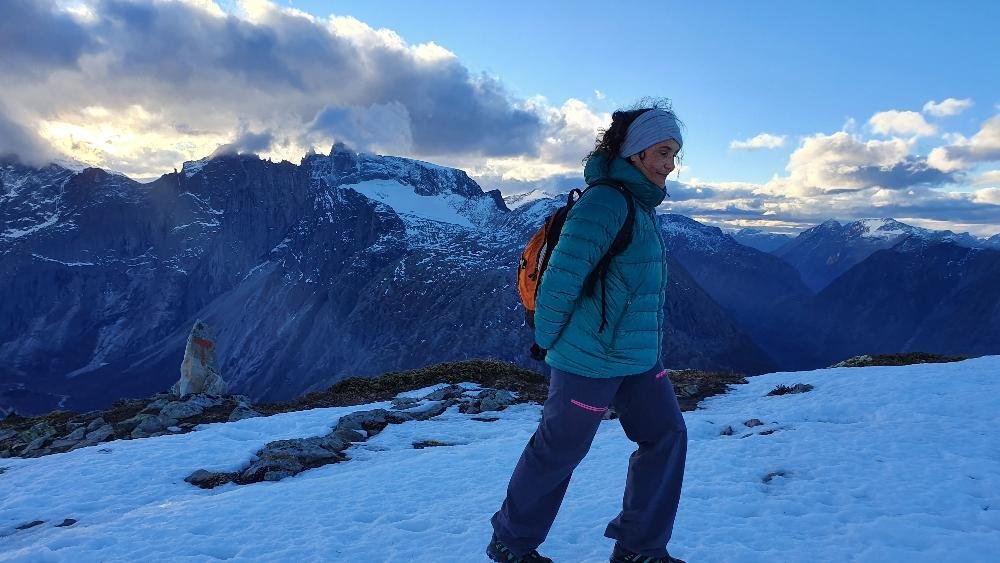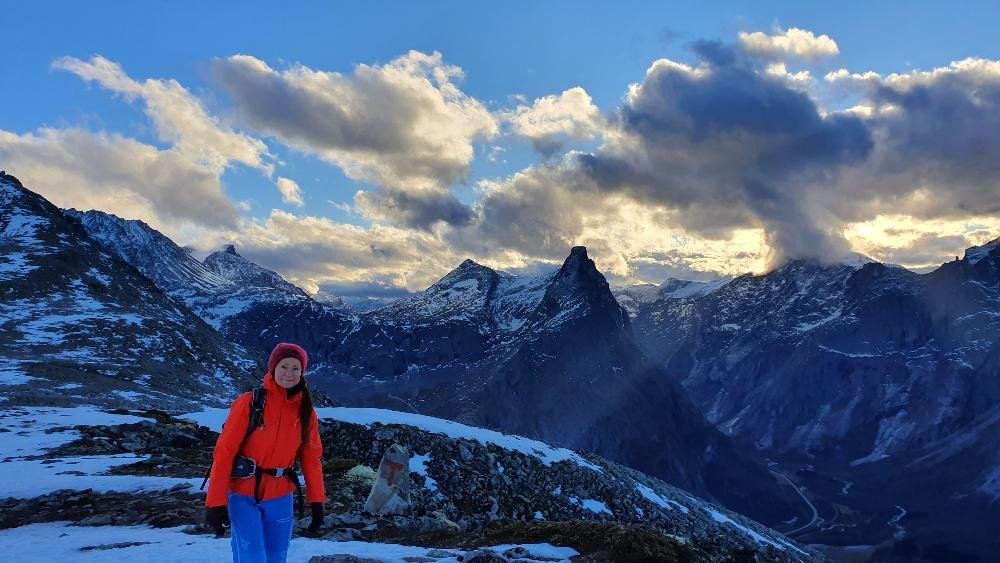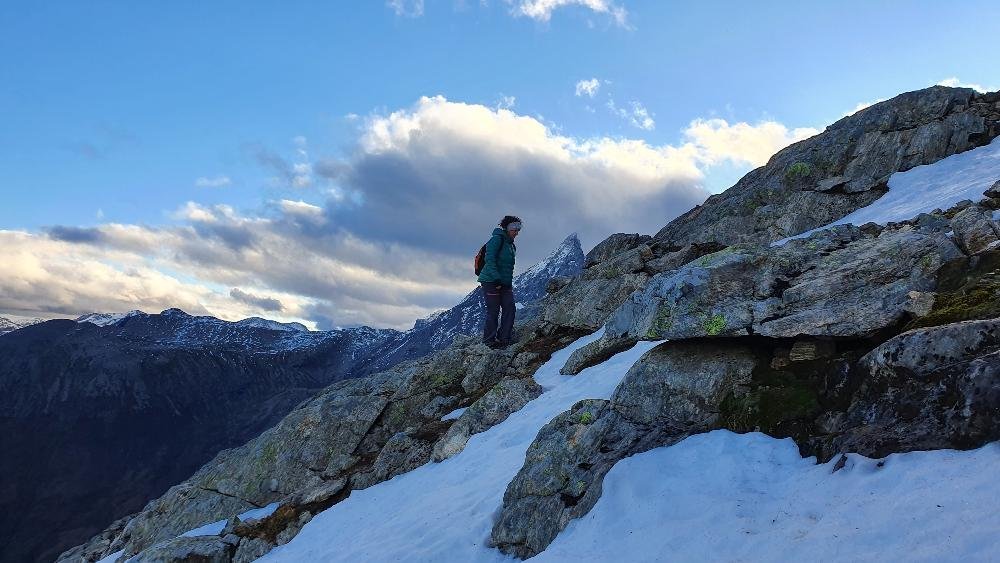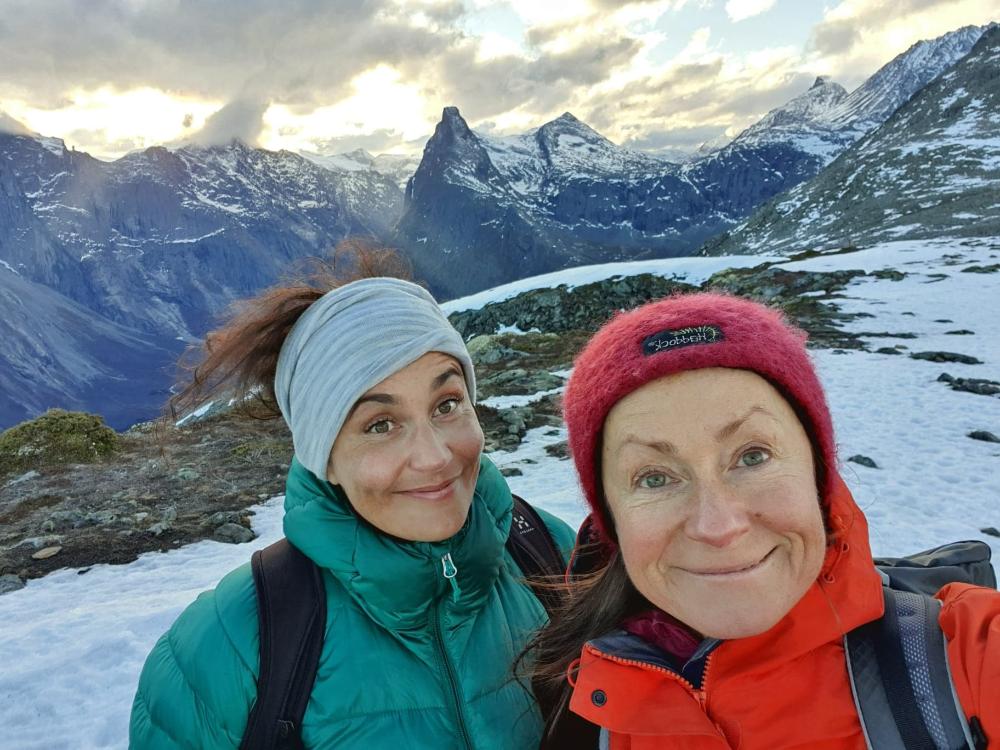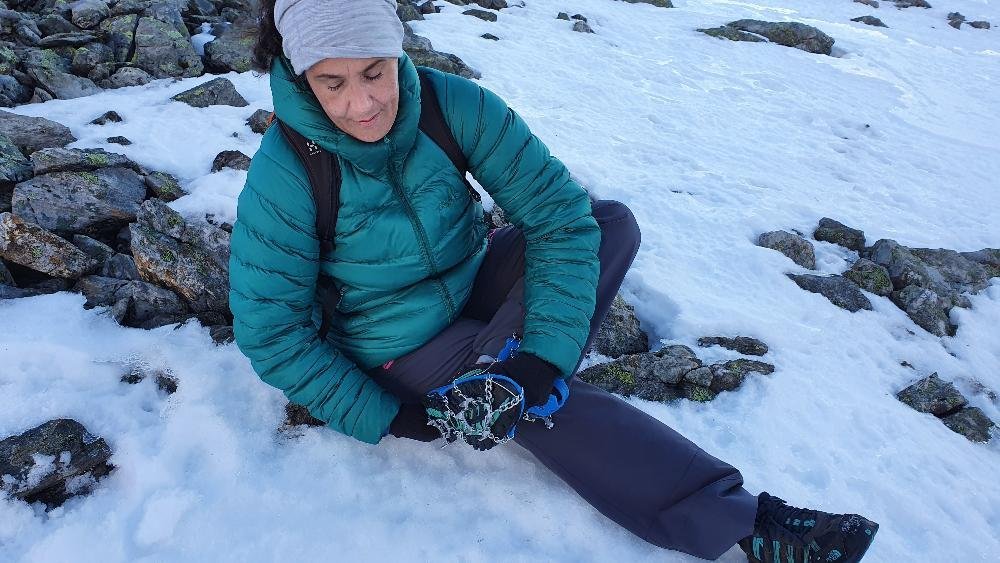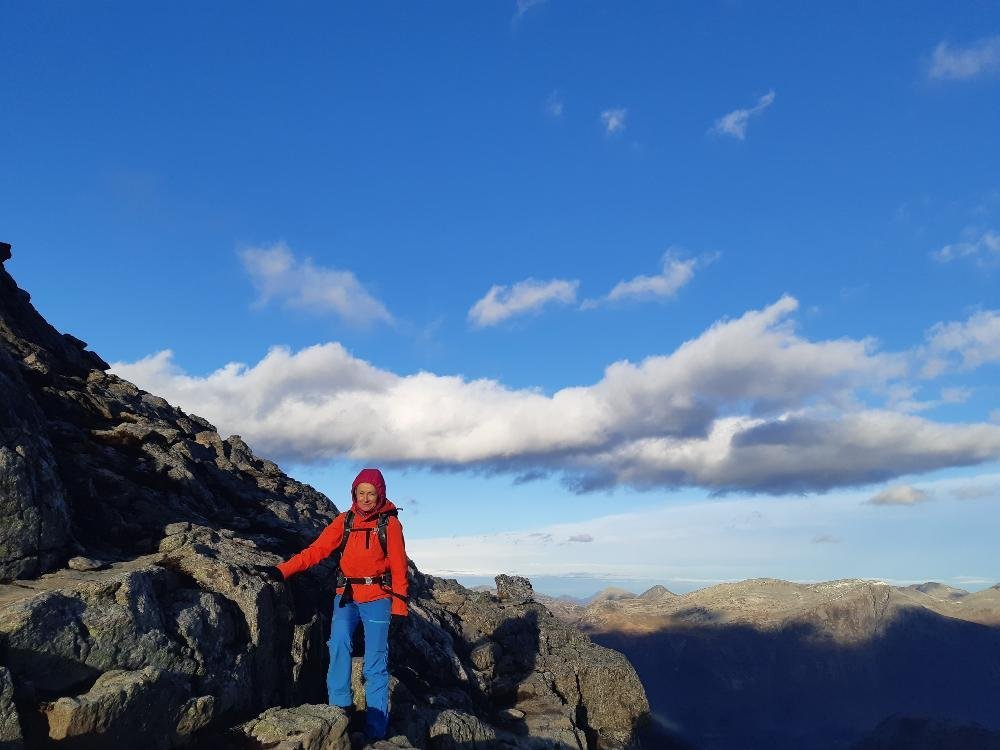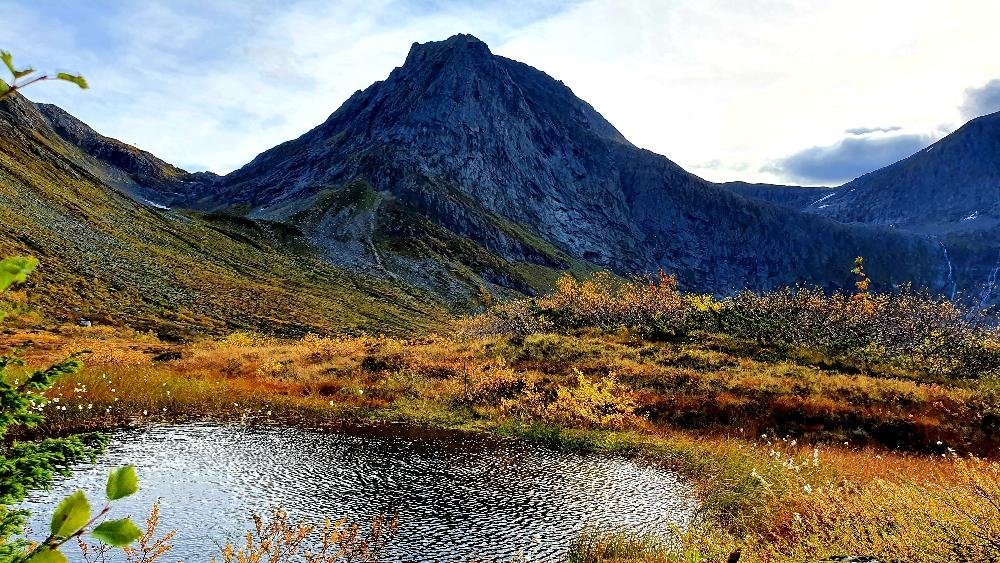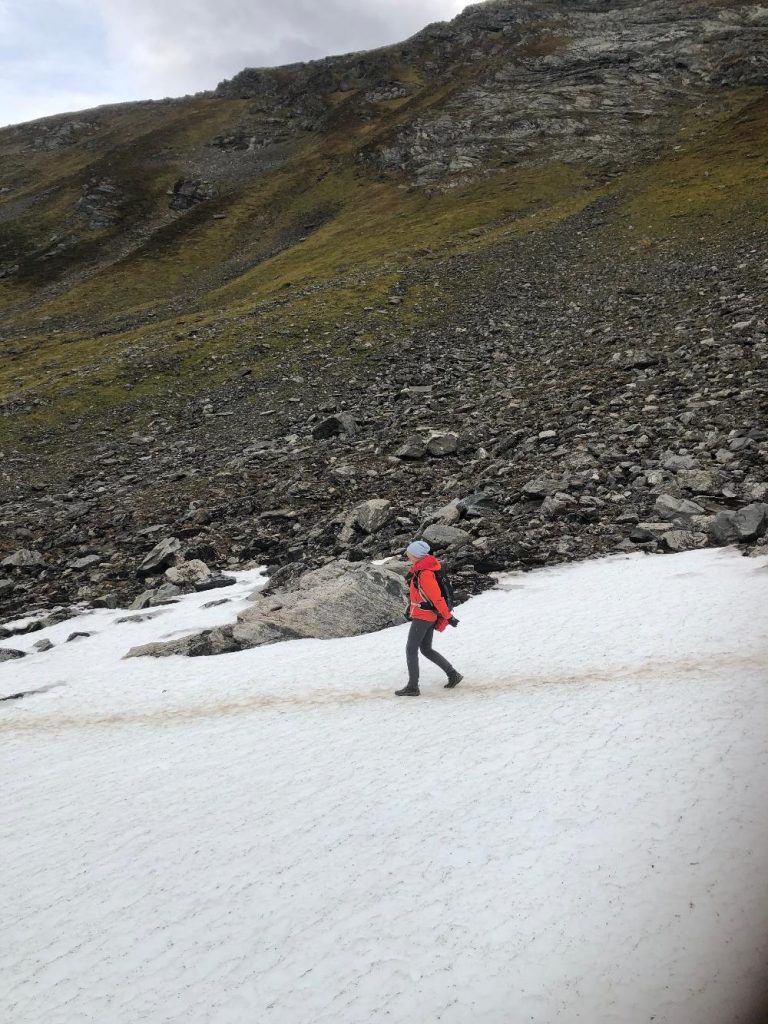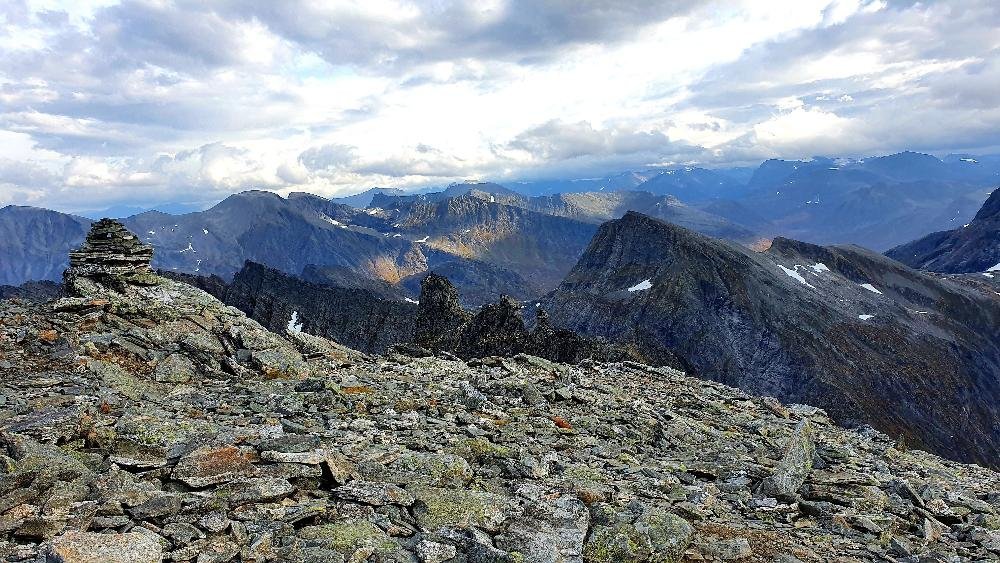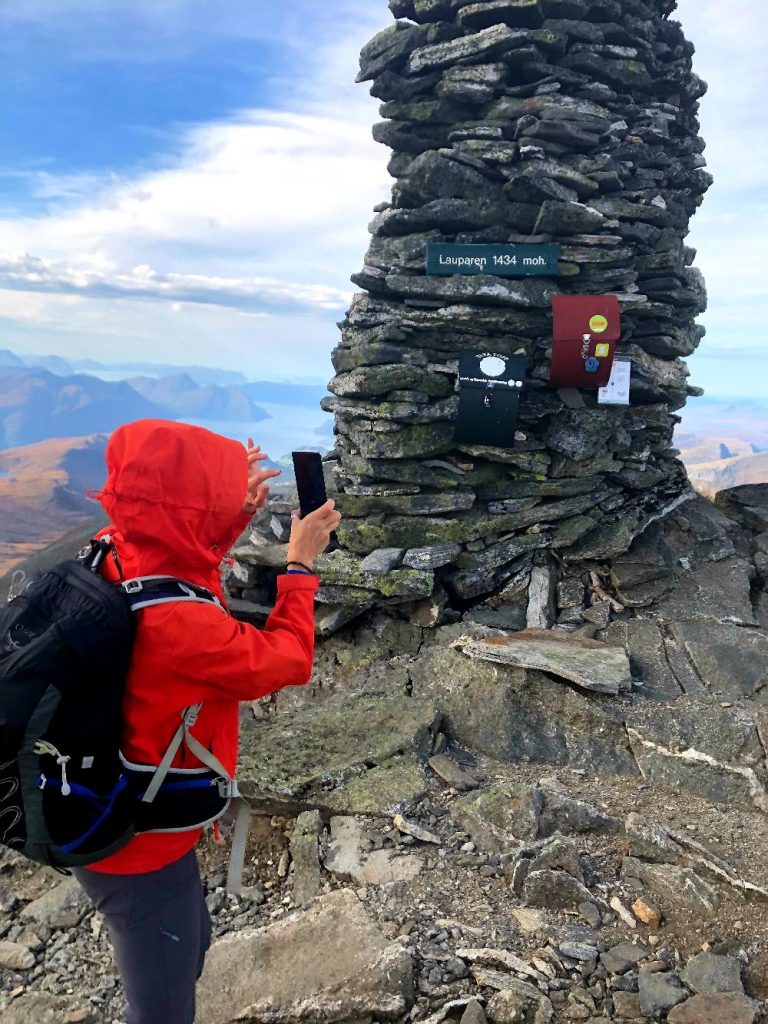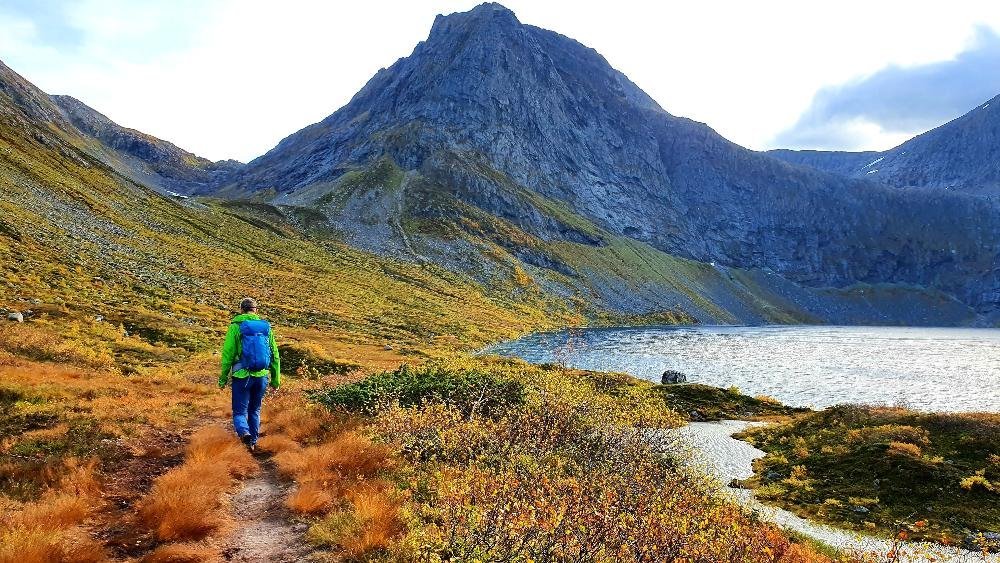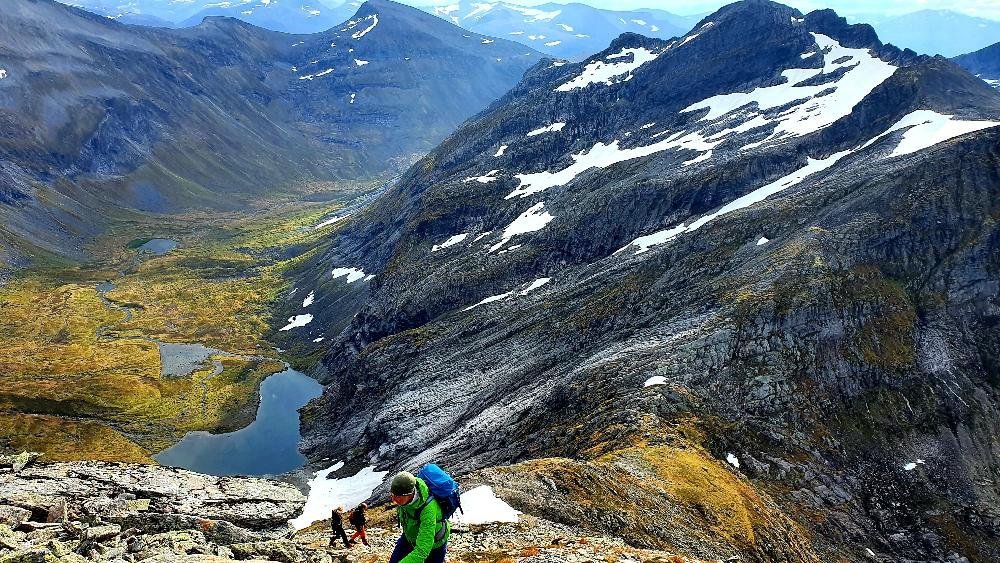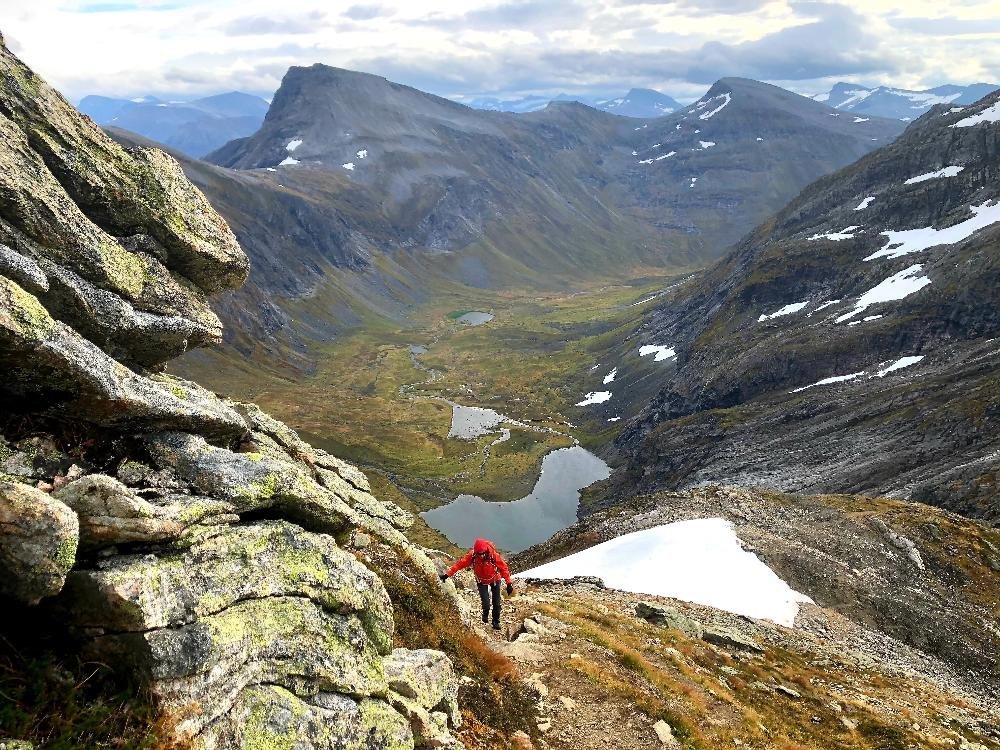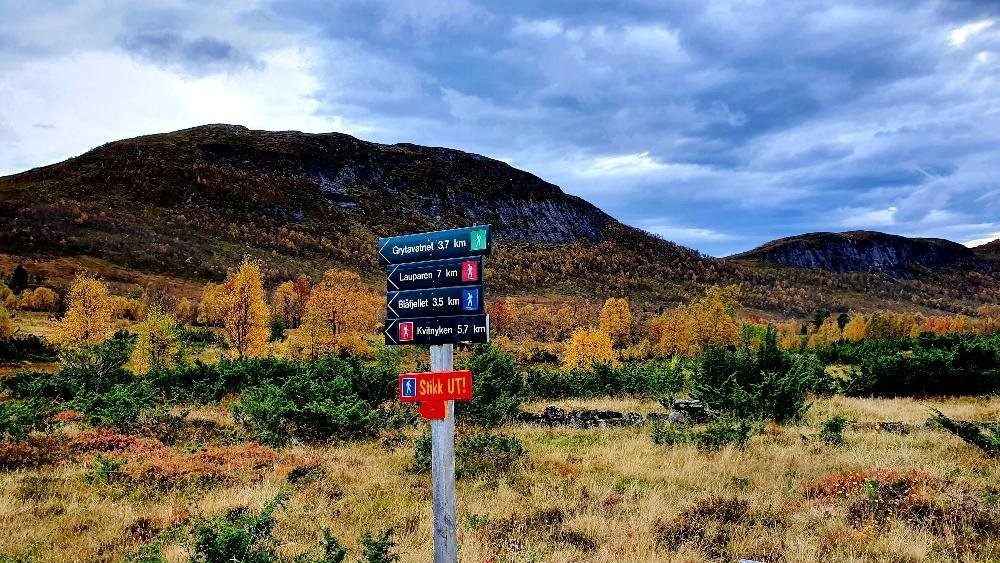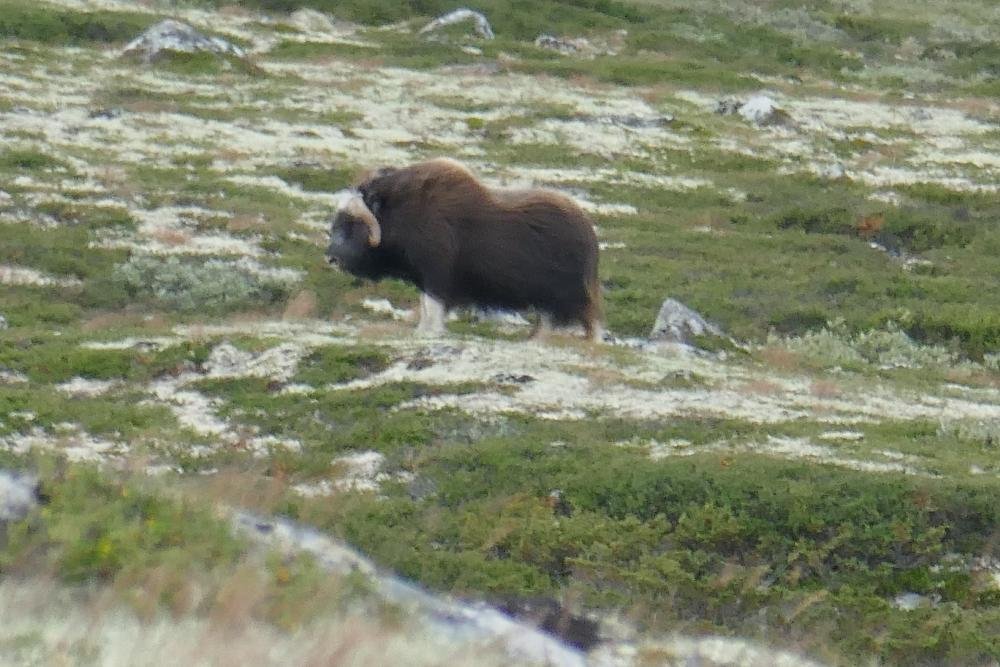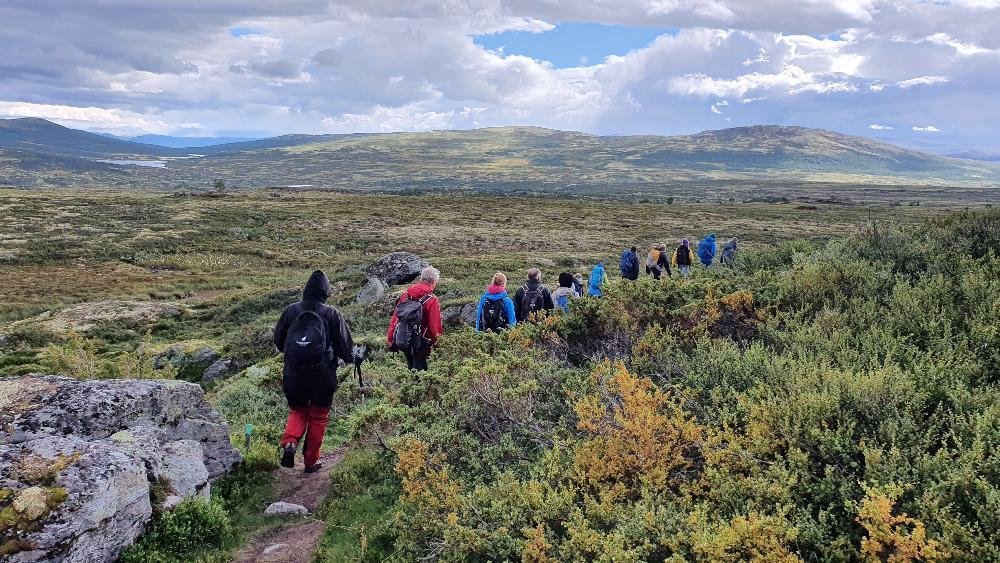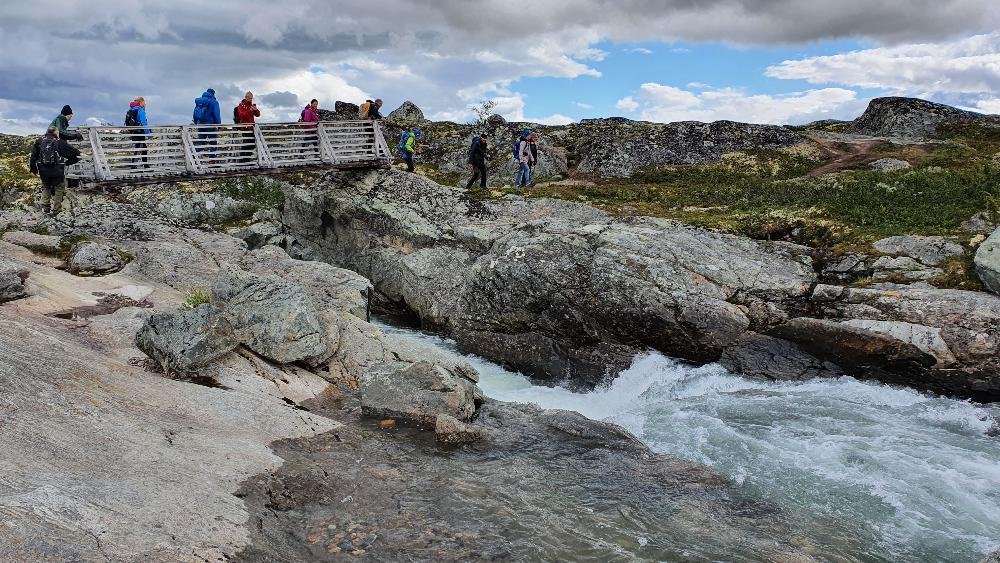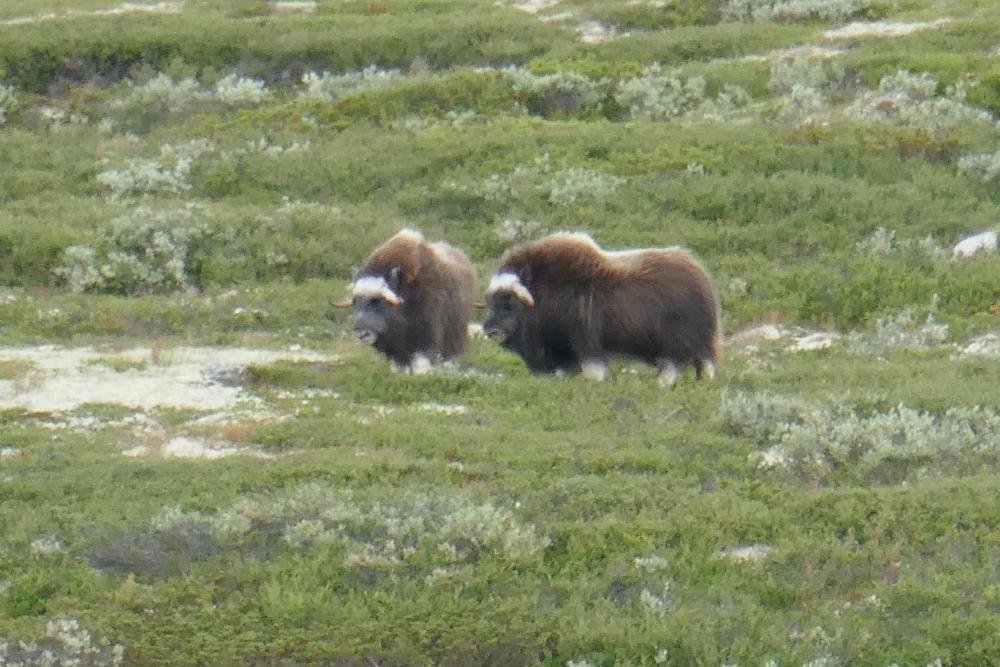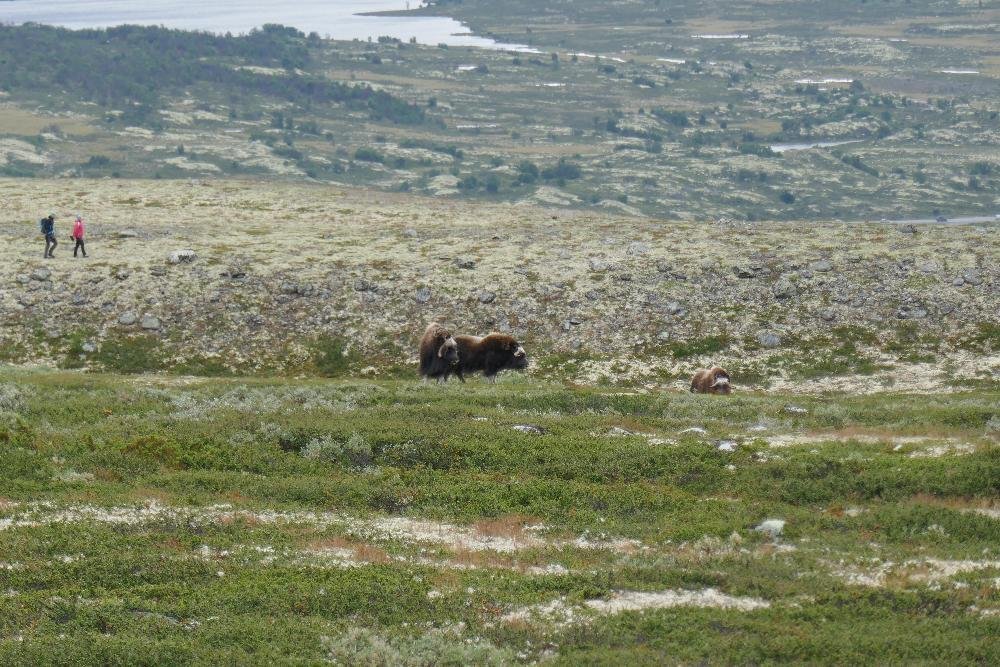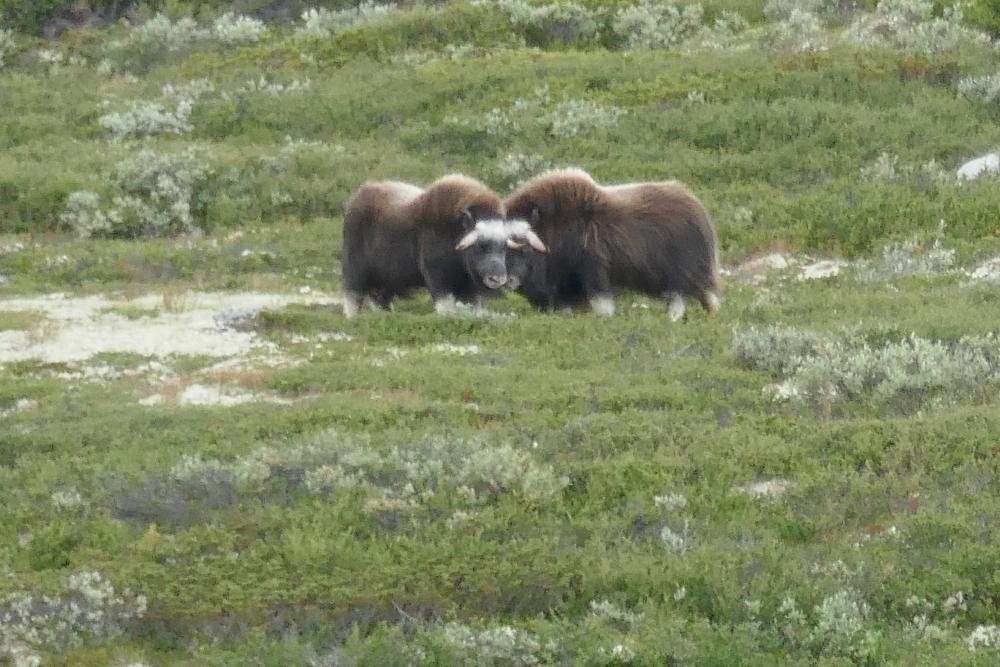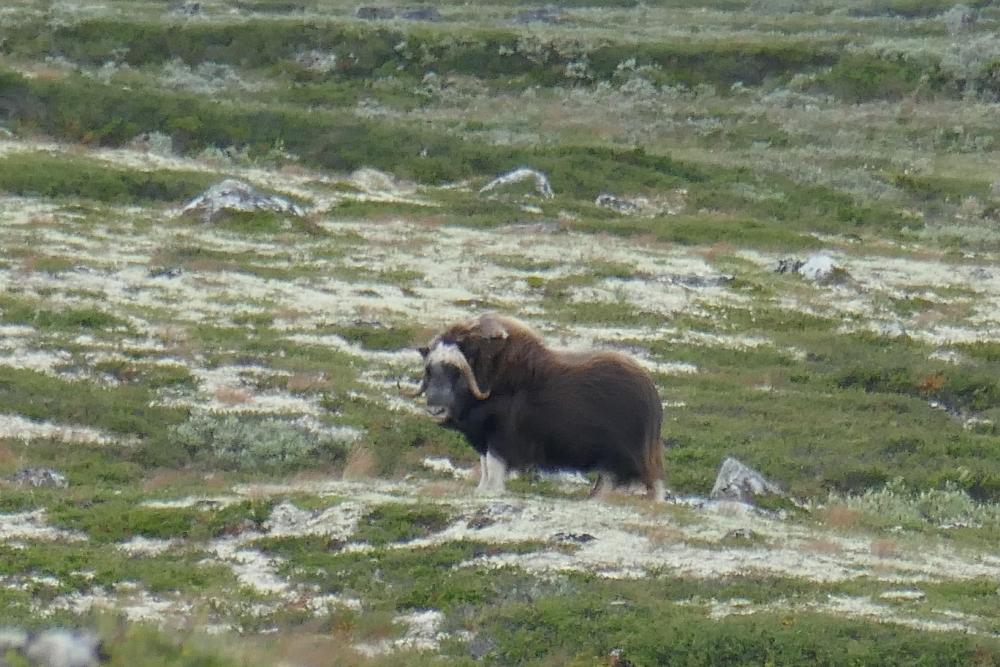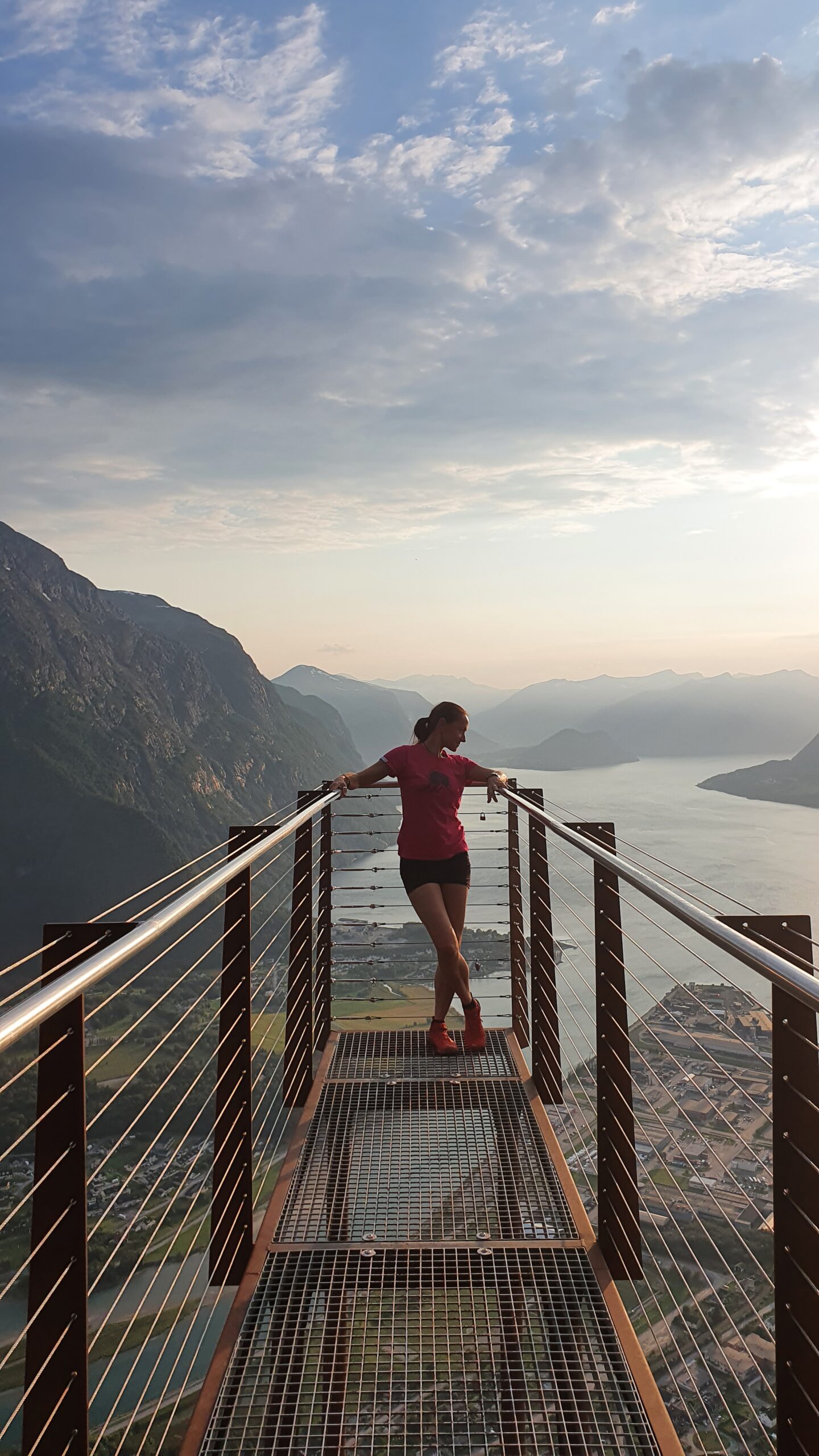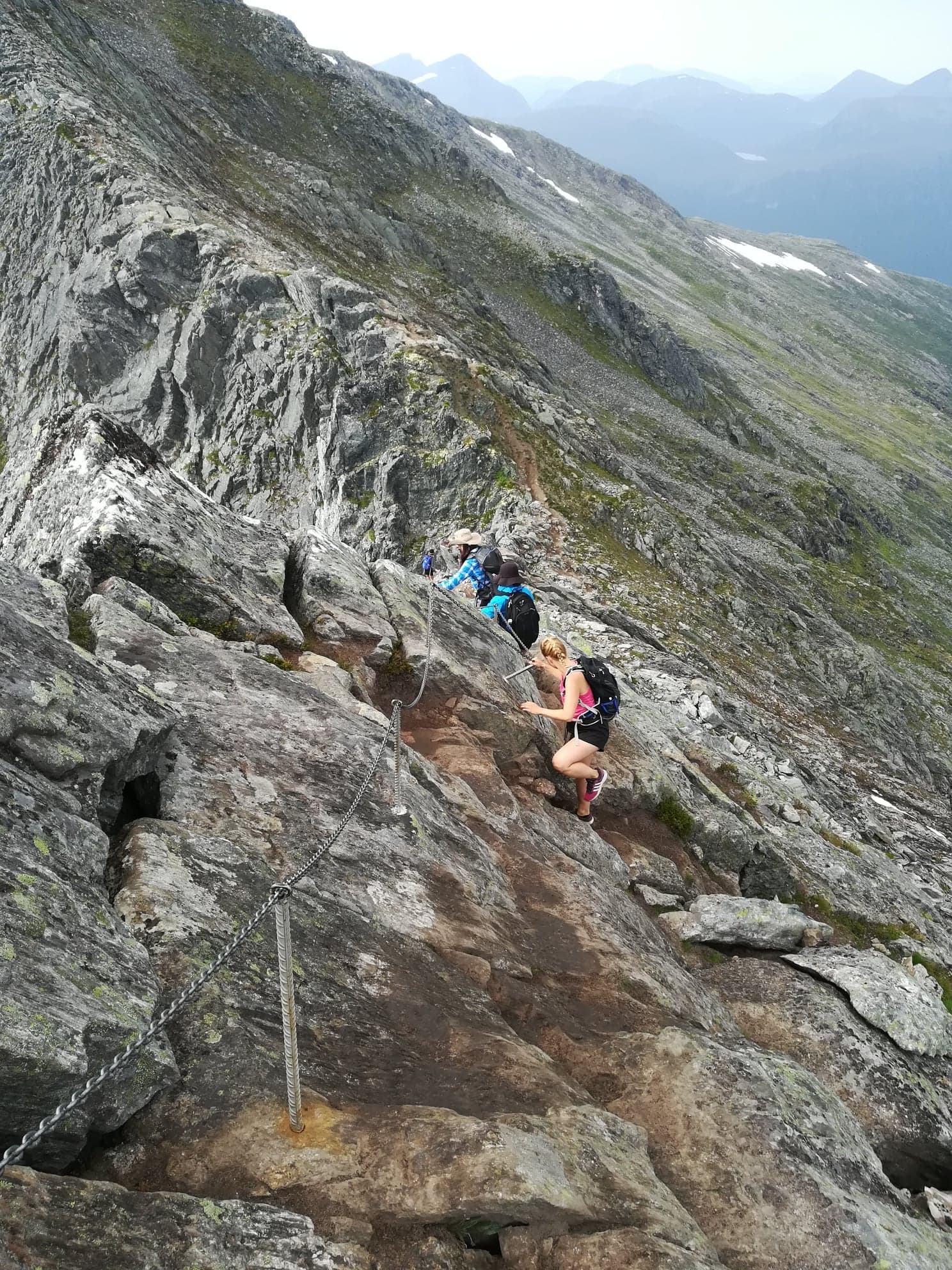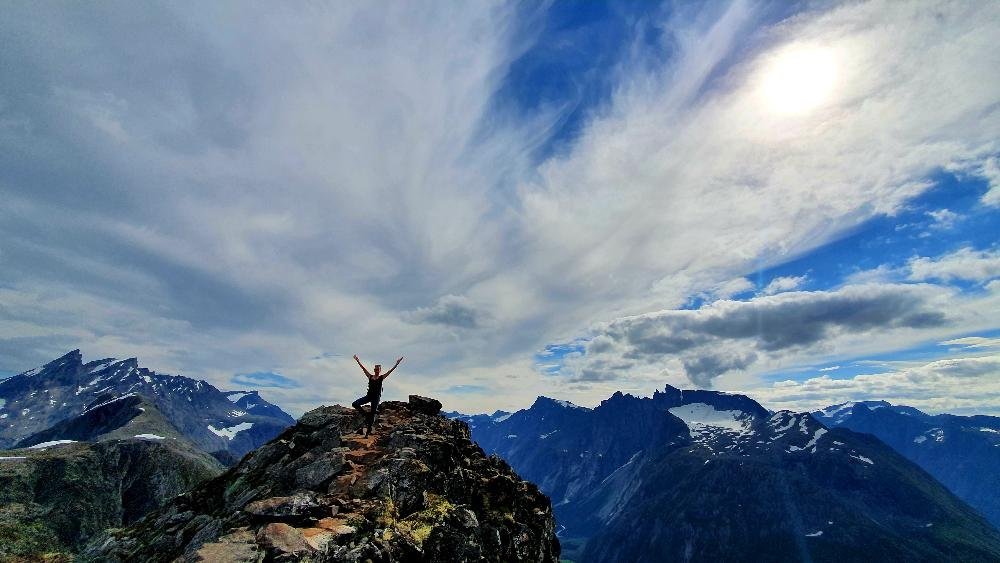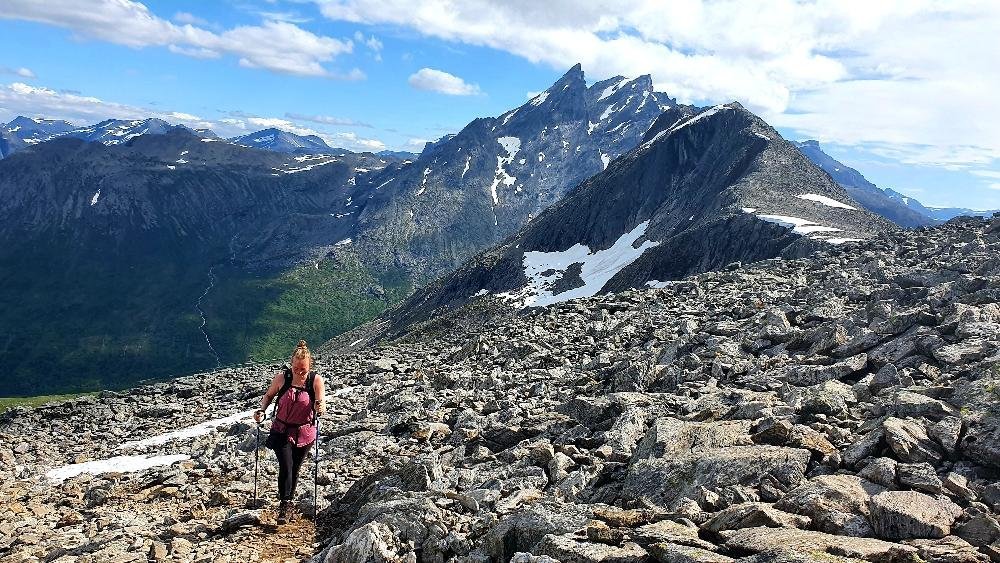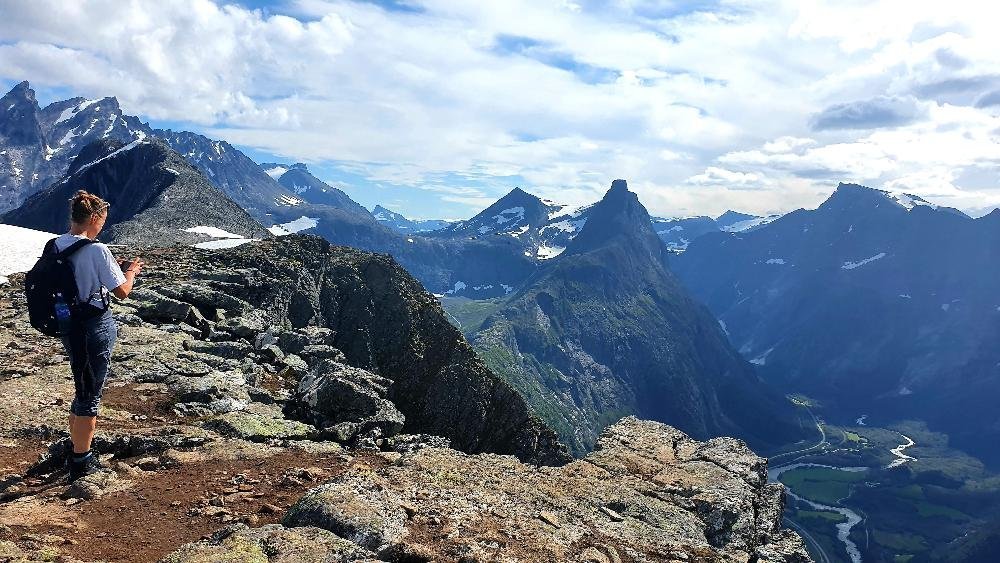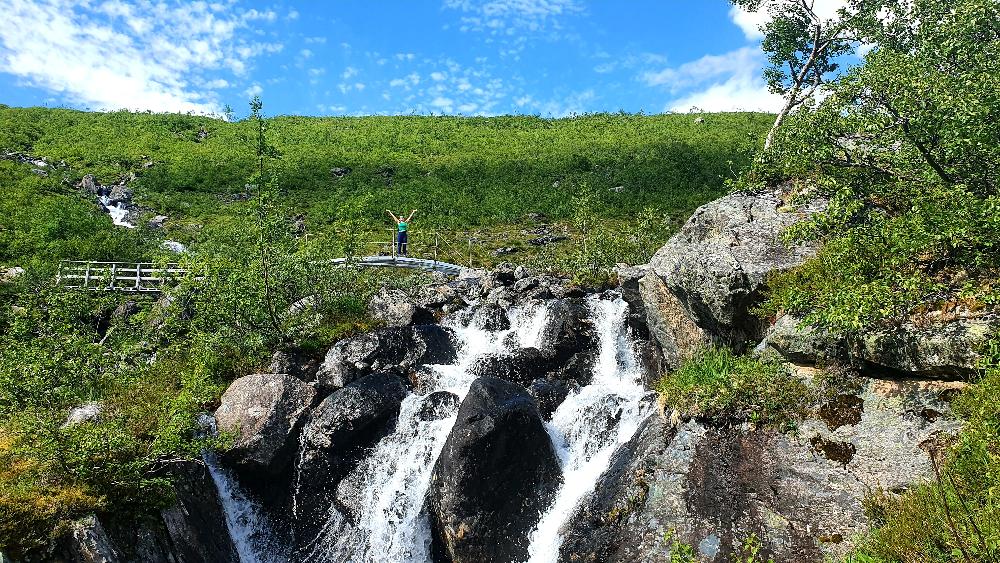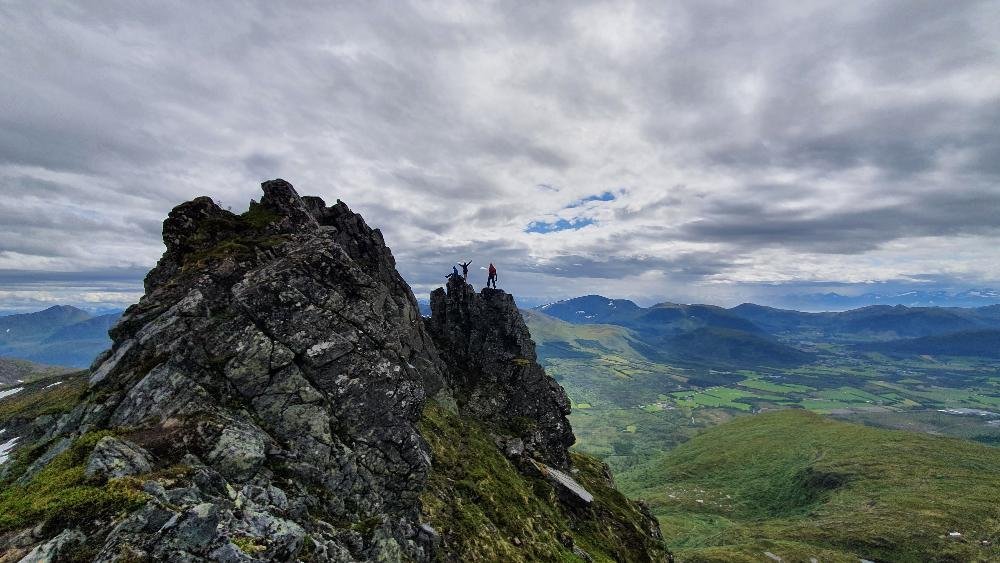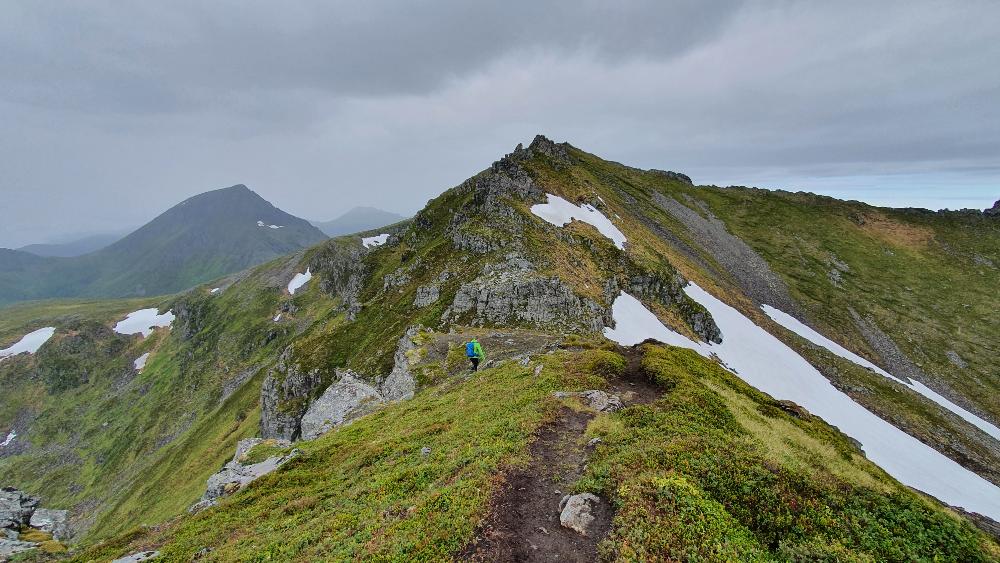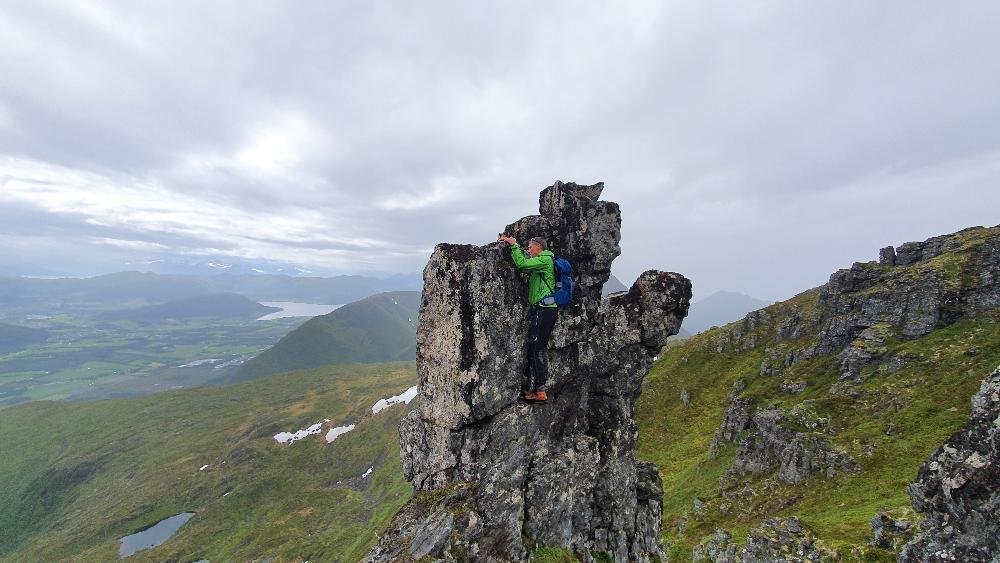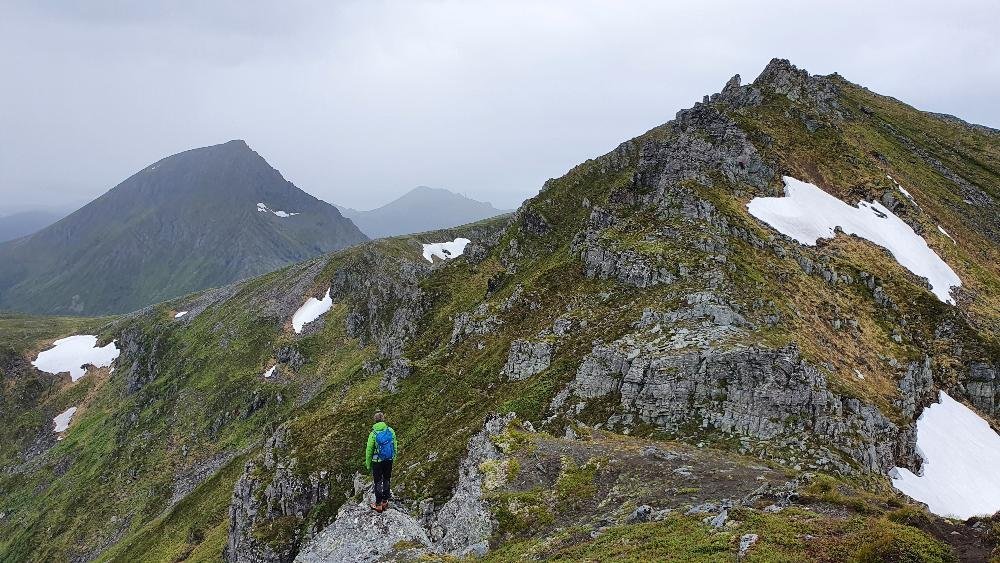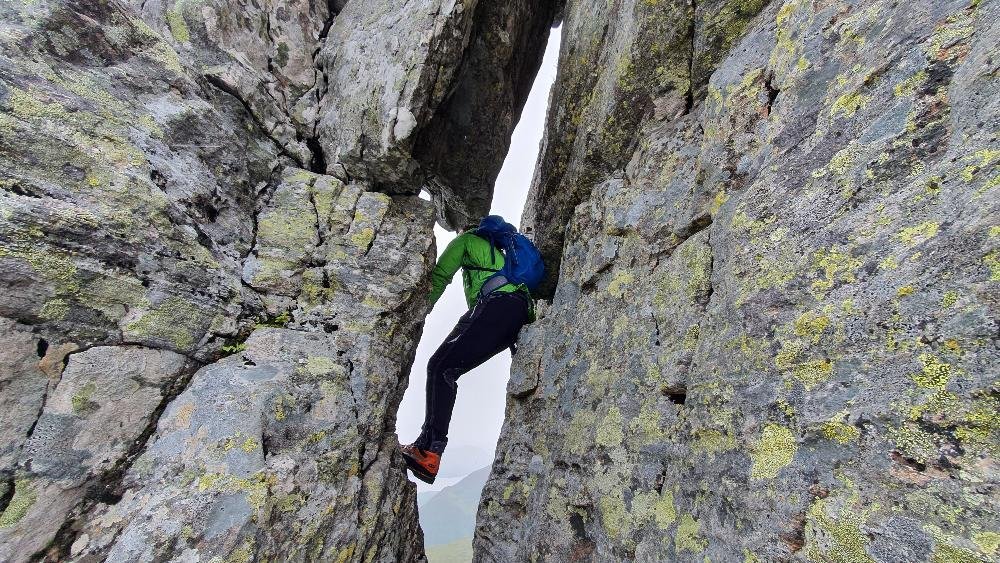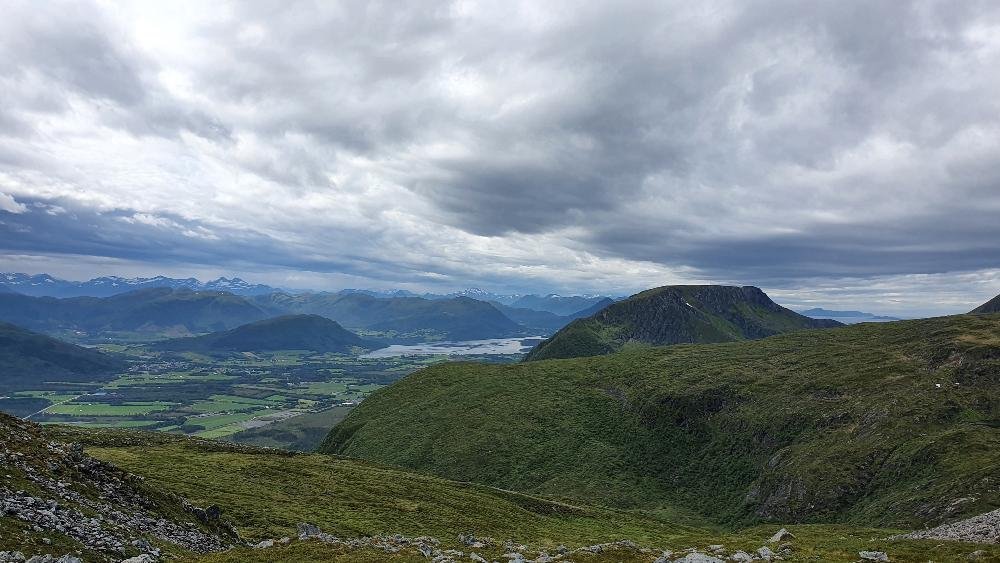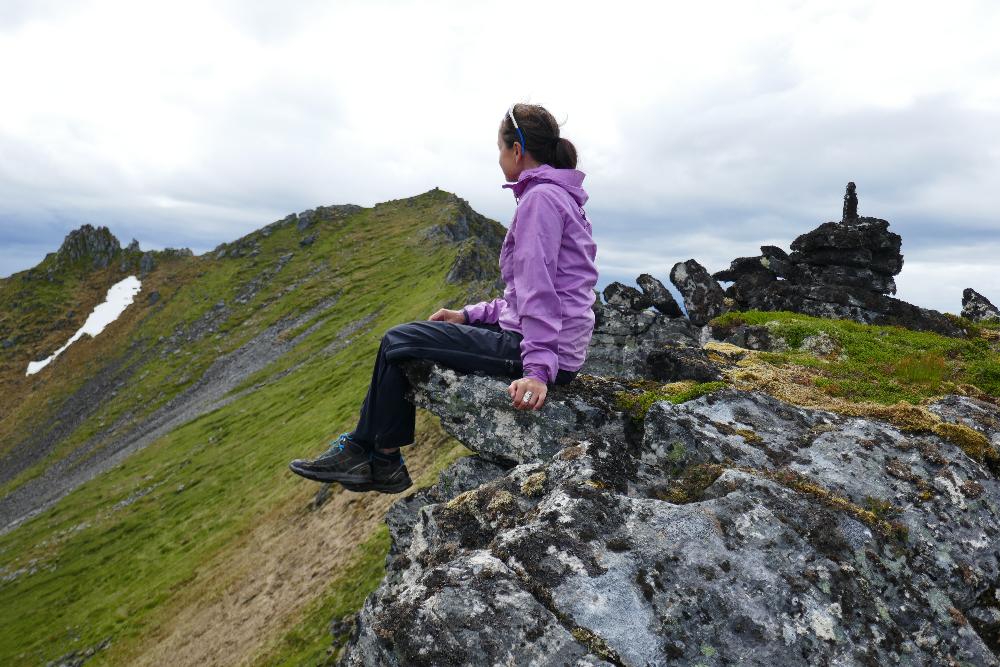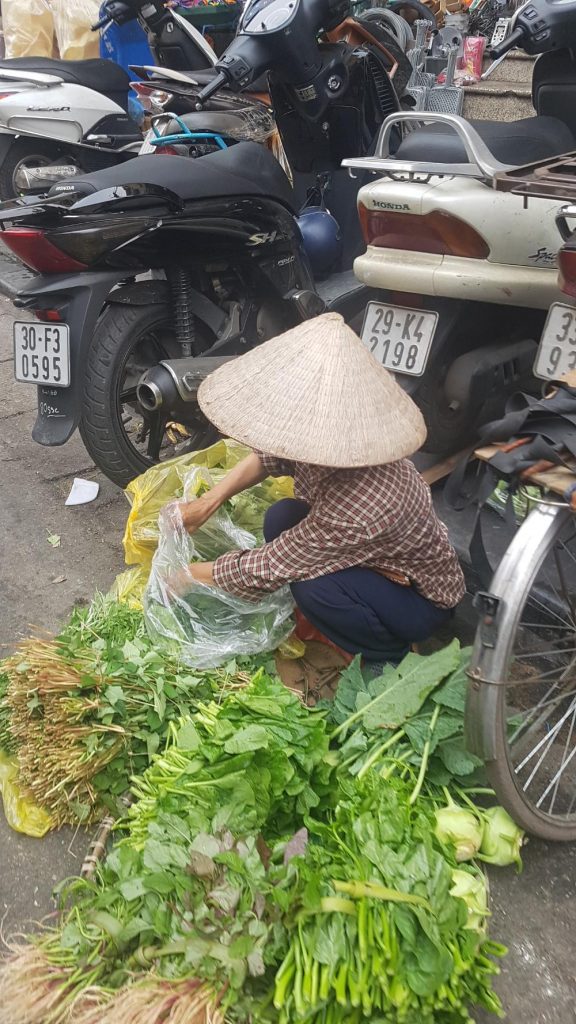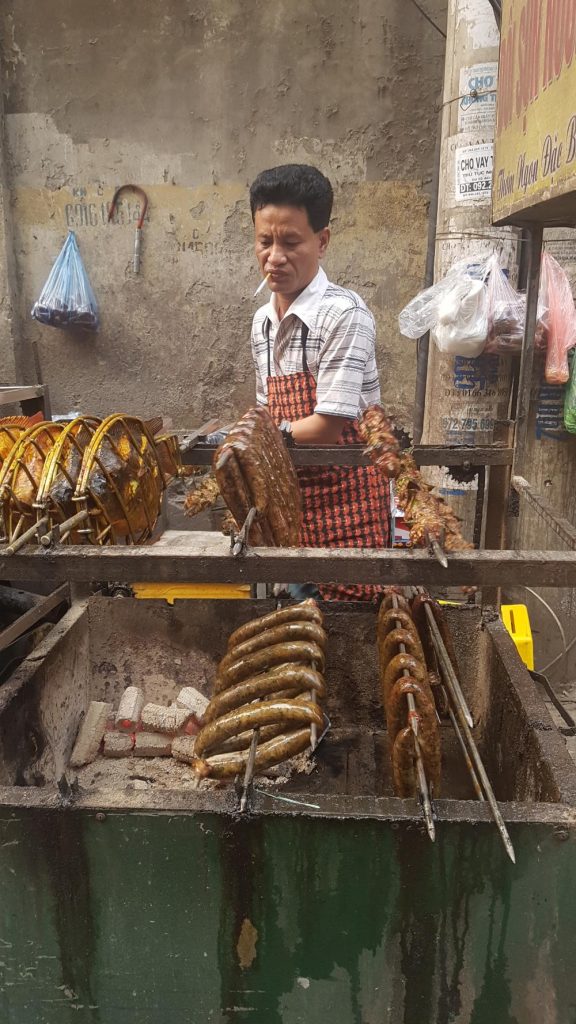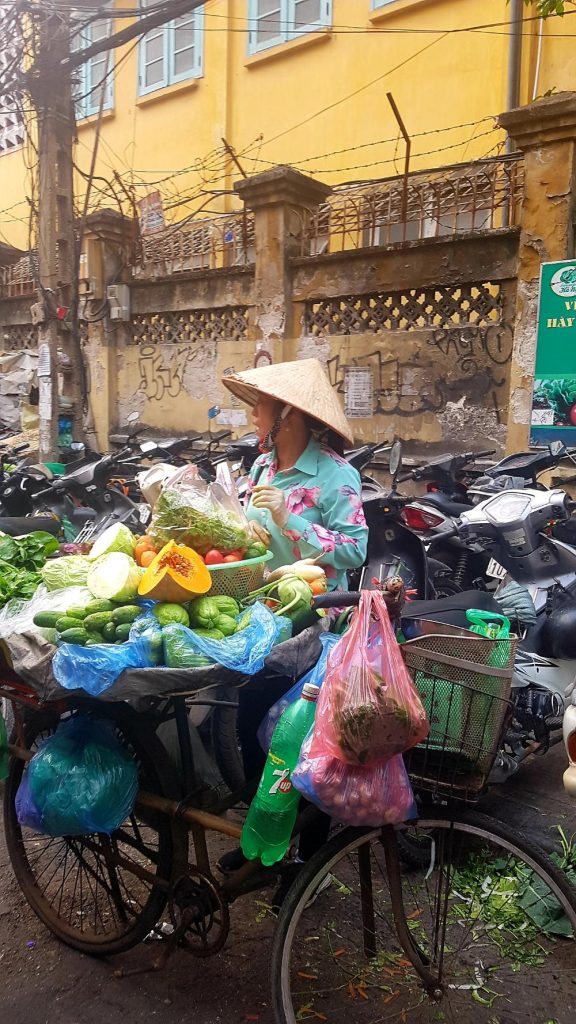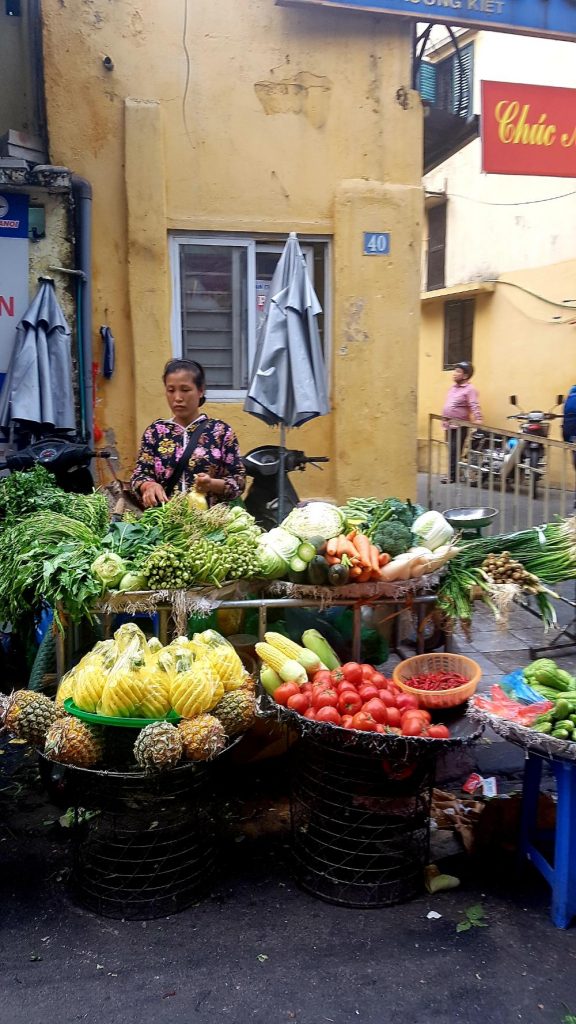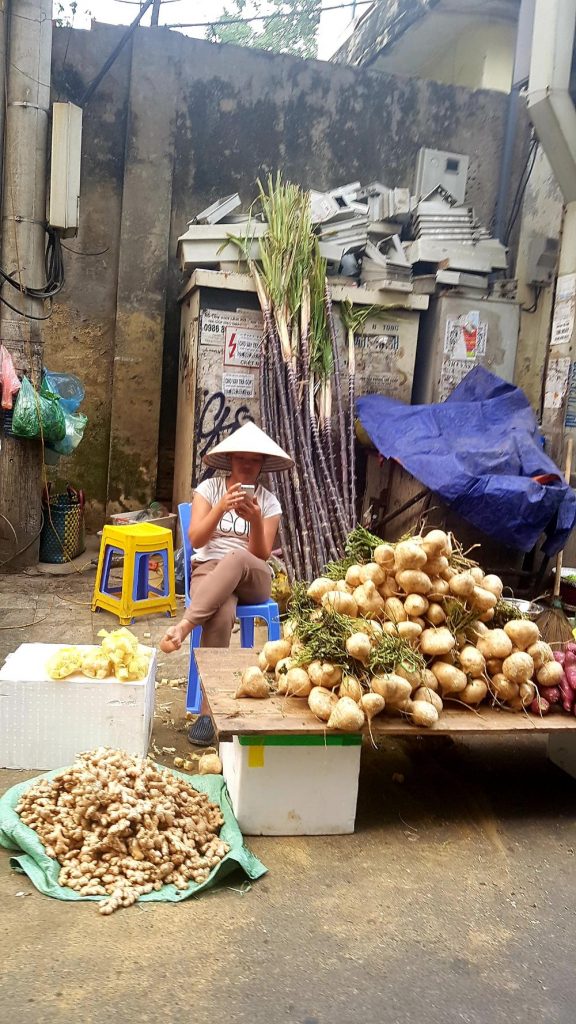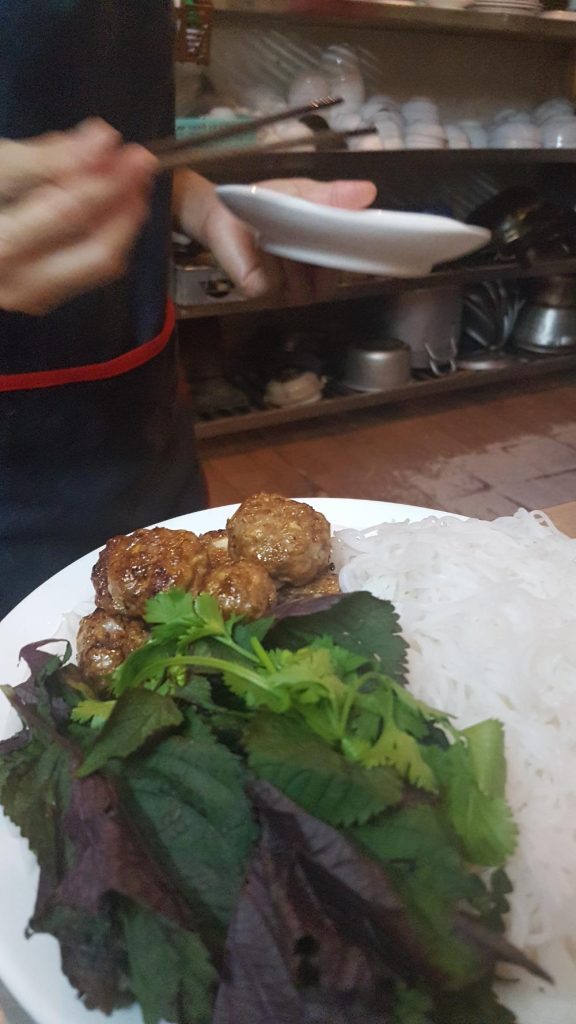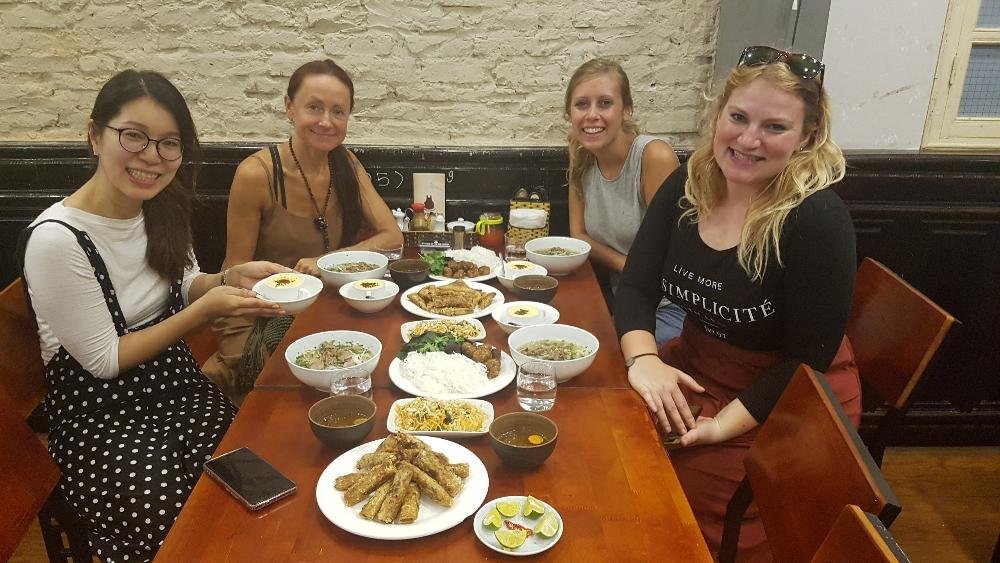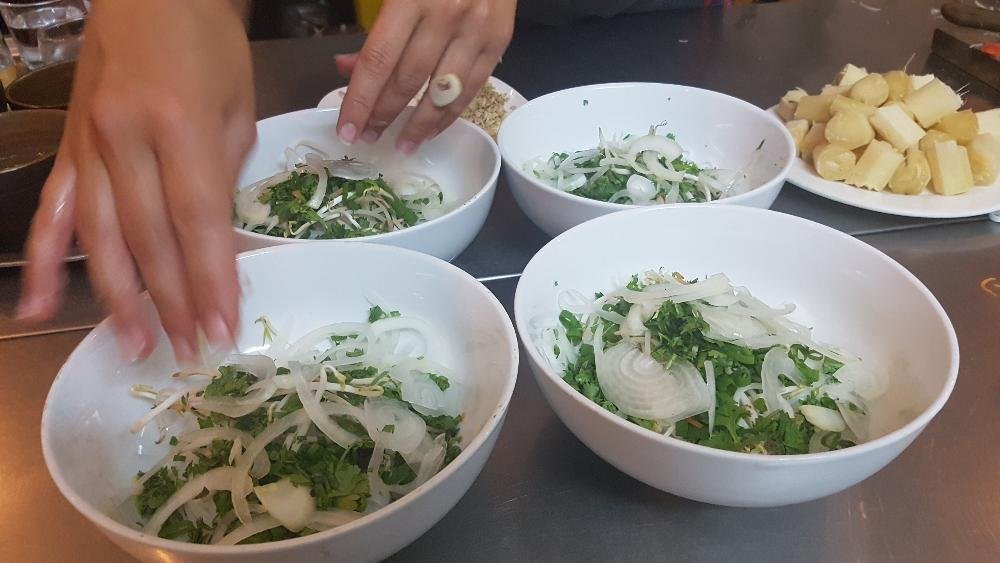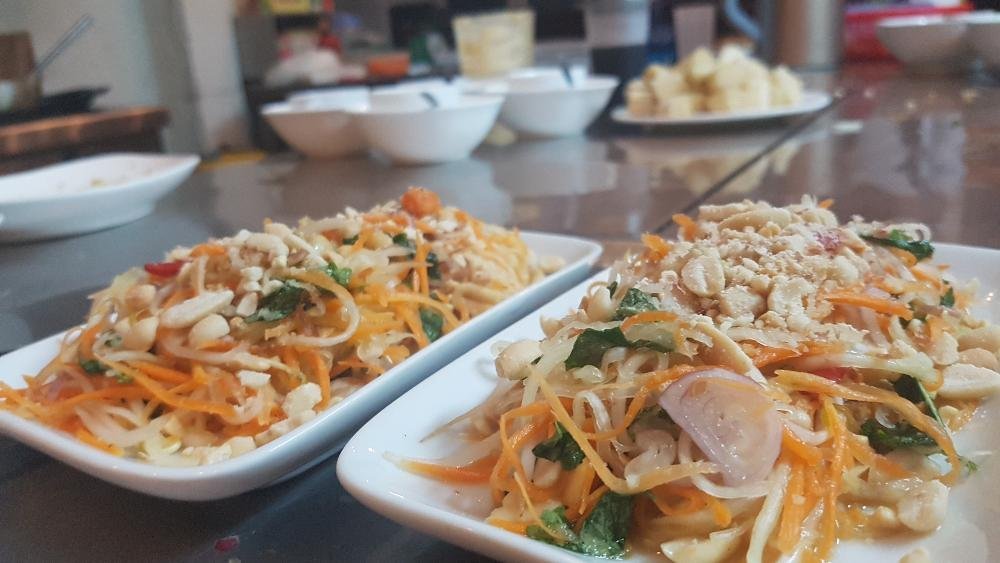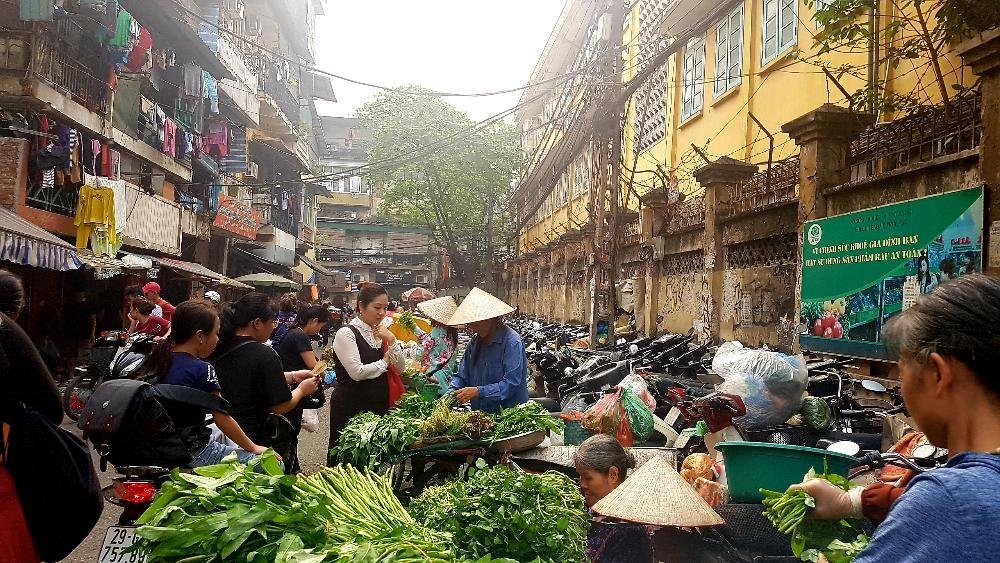Today we were on the way to Blånebba, 1322 m.a.s.l.
It rained a lot in the morning but at 8 am the rain had stopped and we desided to go hiking. Unfortunatelly we didn't reach the top of the mountain because the days are very short now and it's getting dark by 4 pm already. But it was a beautiful day in the fresh air, approximately 10 km walking up and down and another amazing view to admire.
Takk for turen, Lisa!
Estonia should be your next yoga retreat destination. Here's why
Estonia is a hidden gem packed with opportunities to try something new and have experiences you would not have in most other countries.
Estonia has a long history of different settlers from Vikings to the medieval merchants of German, Swedish, Danish and Russian descent. Today’s Estonia is an exciting mix of old and new. The capital Tallinn is the best preserved medieval city in Northern Europe and its Old Town is listed as a UNESCO cultural heritage sight. At the same time, it is a bubbling and innovative city filled with trendy cafes, restaurants, and shops. Driving out of the city for only an hour and you will find yourself in wild nature.
If you want to combine a relaxing yoga holiday in nature but also experience some of the rich cultural life in a historical setting – Estonia is the perfect holiday destination for you. Estonia is a very compact country so you can cover a lot in just a week.
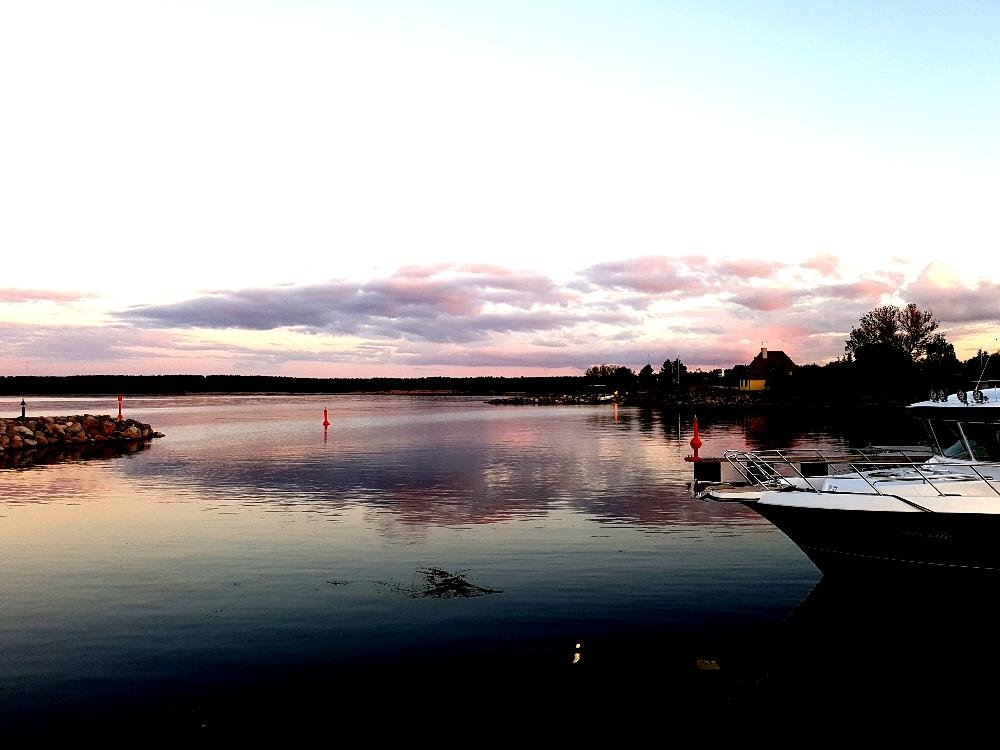
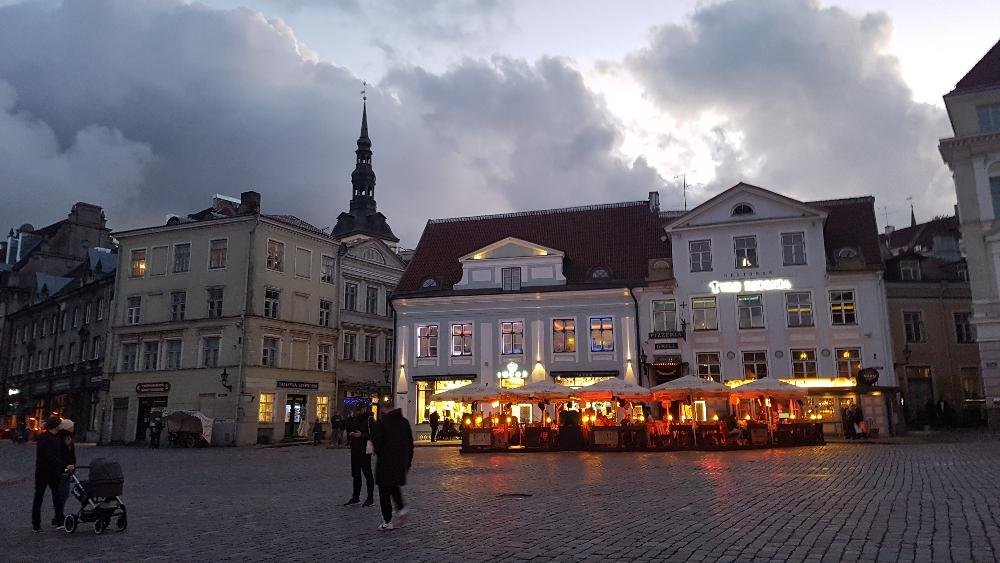
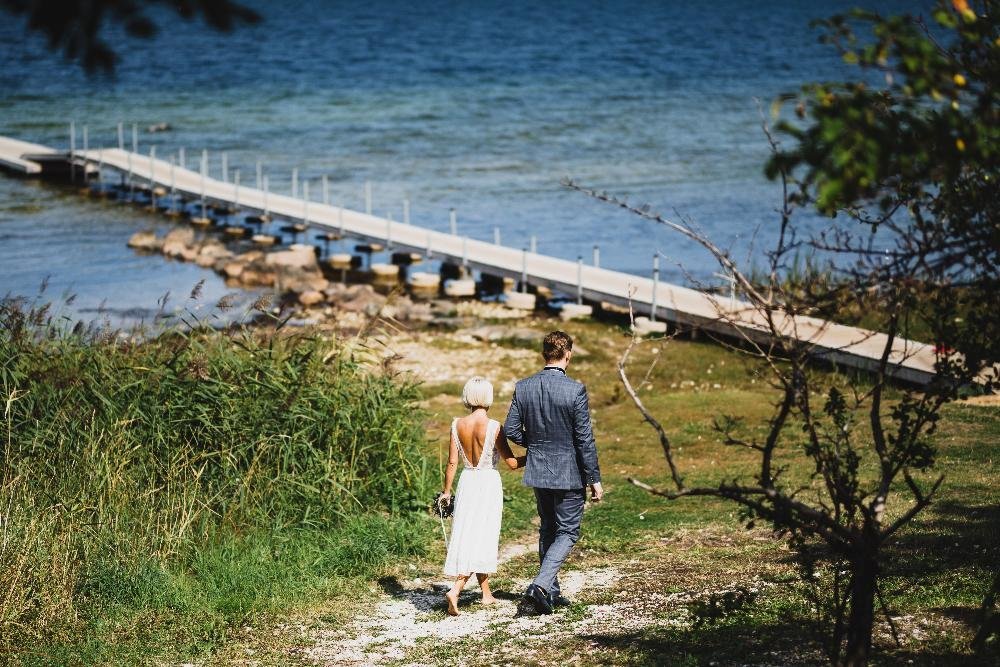
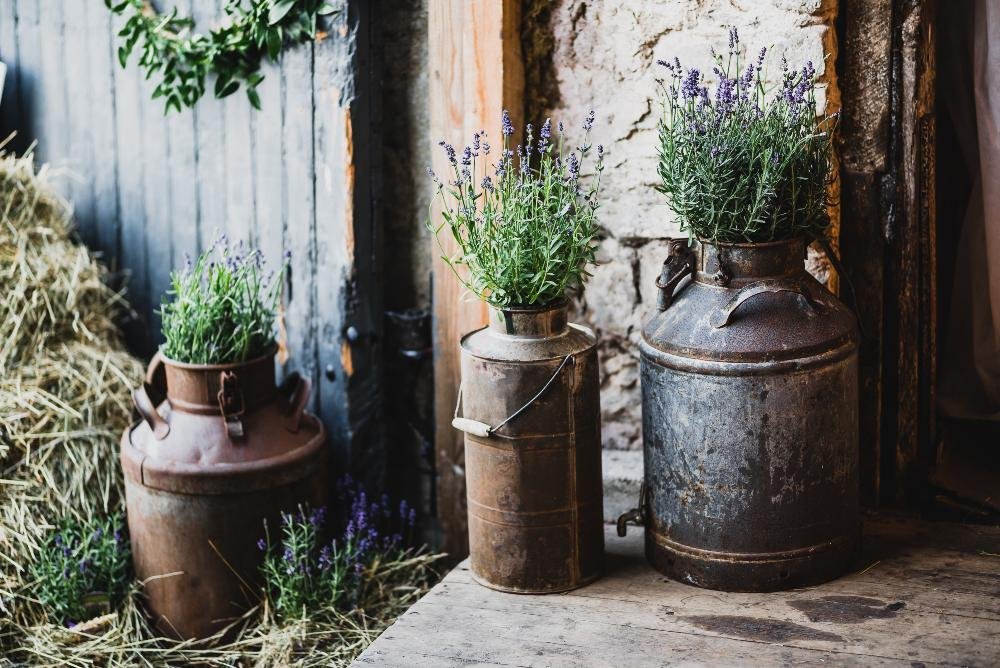
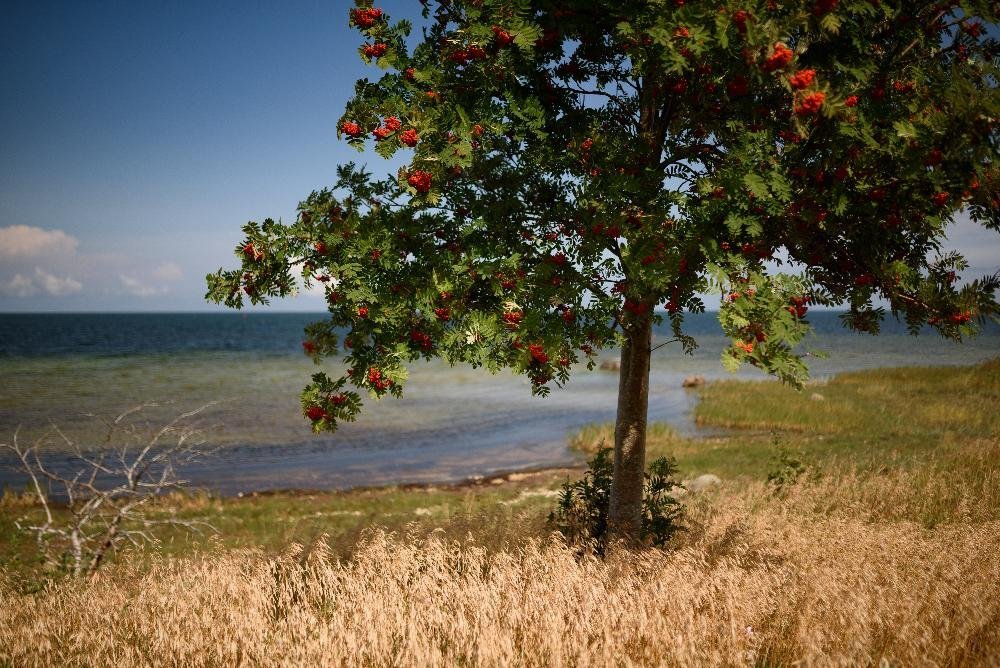
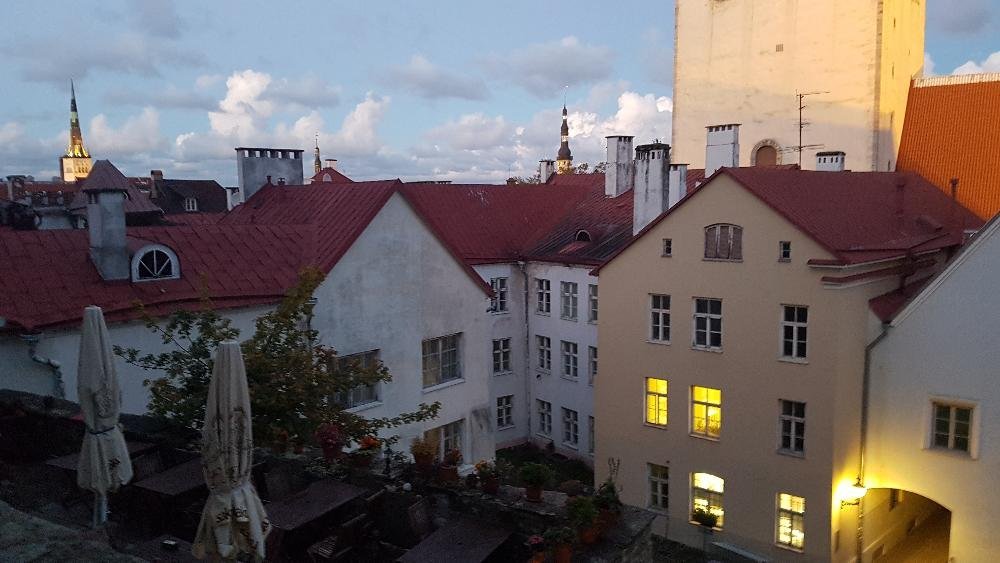
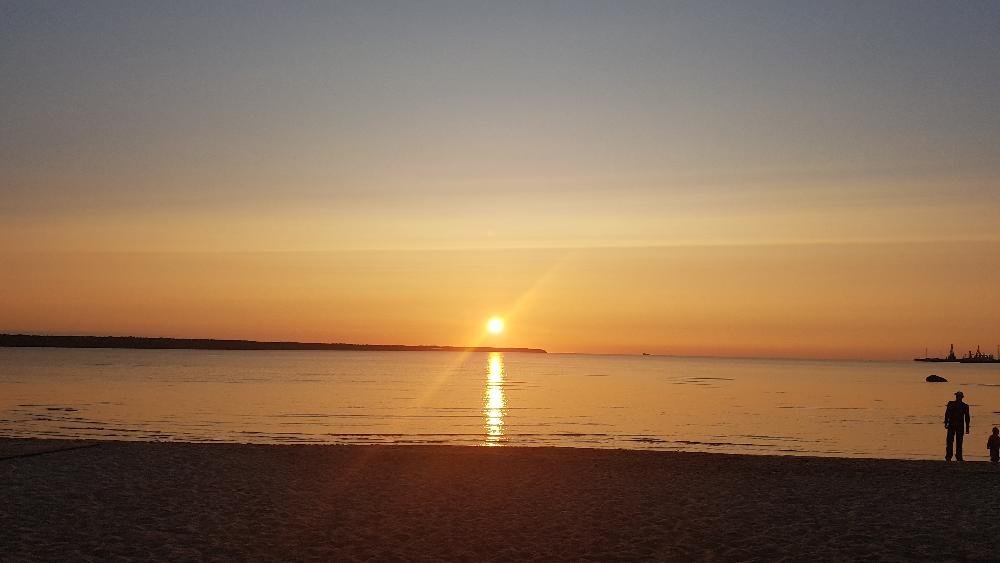
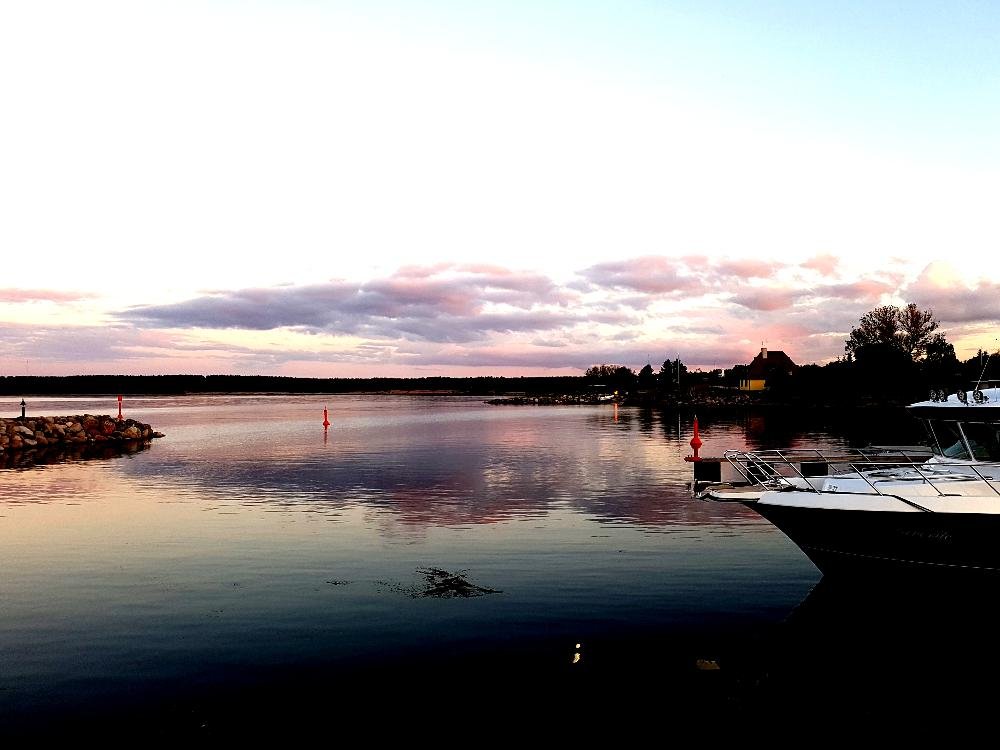
A Yoga Retreat in Estonia will offer you:
- A relaxing week staying in a spa in a small seaside village near the capital Tallinn. It is a perfect location for a getaway to recharge your batteries, enjoy massages, saunas or other wellness and beauty treatments, sunbathe and swim in the sandy beaches.
- A chance to discover the spectacular nature of Estonia. The country is famous for its untouched wild nature and especially its beautiful bogs. You can have a once in a lifetime experience by visiting a bog on sunrise – the unique landscape with sun rays slowly emerging through the morning mist is something that you will never forget. At the end of the trail you can enjoy the view from a watchtower or take a refreshing dip in the lake.
- An acquaintance with the culture and history of Tallinn. The retreat will take place near the capital Tallinn, so there will be several options to discover its rich cultural scene. Tallinn offers a versatile experience to anyone interested in architecture, history, design and handicrafts as well as to foodies who are looking for great culinary experiences.
- New friends among like-minded people (solo travelers are welcome!), time for yourself to relax and rewind, lots of yoga and physical activity outdoors, healthy and tasty food. What else could you want from a holiday?
You will be accompanied by a local guide Pille, who was born and raised in Estonia. She will guide you through the yoga lessons, take you to the local’s favorite places that you won’t find in a travel guide and help you with everything you might need for a comfortable stay.
Read more about our Estonian yoga retreat by clicking here.
Making lifestyle changes that last
Lifestyle changes are a process that take time and require support. Once you are ready to make a change, the difficult part is committing and fallowing through. So do your research and make a plan that will prepare you for success. Careful planning means setting small goals and taking things one step at a time.
Make a plan that will stick.
Your plan is a map that will guide you on this journey of change. You can even think of it as an adventure. When making your plan, be specific. Write everything down, and ask yourself if you are confident that these activities and goals are realistic for you. If not, start with smaller steps. Post your plan where you`ll most often see it as a reminder.
Start small.
After you`ve identified realistic short-term and long-term goals, break down your goals into small, manageable steps that are specifically defined and can be measured.
Change one behavior at a time.
Unhealthy behaviours devolop over the course of time, so replacing unhealthy behaviors with healty ones requires time. Many people run into problems when they try to change too much too fast. To improve your success, focus on one goal or change at the time. As new healthy behaviors become a habit, try to add another goal that works toward overall change you`re striving for.
Involve a buddy.
Whether it be a friend, co-worker or family member, someone else on your journey will keep you motivated and accountable. Talk about what are you doing. Consider joining a support group. Having someone with whom to share your struggles and successes makes the work easier and the mission less intimidating.
Ask for support.
Accepting help from those who care about you and will listen strengthens your resilience and commitment. Asking a help doesn`t mean a lifetime of therapy; even just a few sessions can help you examine and set attainable goals or address the emotional issues that may be getting in your way.
Making a changes that you want takes time and commitment, but you can do it. Just remember that no one is perfect. You will have occasional lapses. Be kind to yourself. Minor missteps on the road to your goals are normal and okay. Resolve to recover and get back on track.
Hiking in Norway is tricky in October. It rains most of the time and there is a strong vind at the top of the mountains. The higher you climb, the worse. However, the Norwegians will not give up and a small hike would be undertaken whenever possible. So do I. Yesterday was nice weather and we decided to spend the day in nature being physically active. The total length of the trip was 13-14 km, vertical gain 1050 m. We was hiking up and down 6 hrs, making only 3 small stops on the way to eat. The wind was so strong that we thought several times that we would turn around and go back. But we did not. The view from the top was uplifting but could not be enjoyed for long because of the heavy wind. Again, there is one mountain peak on my list where I definitely want to return back with warm weather.
Dovrefjell National Park is the only place in Norway, and one of few places in the world, where you can experience the majestic muskox. The Muskox is considered to be a peaceful animal, but you will be advised to keep a distance. A muskox safari gives you a unique opportunity to see the muskox at close range.
The musk-ox trail opened in 2017. When hiking along the path, you might catch a glimpse of the mighty animals. You can choose a roundtrip of various lengths, from 4,5 kilometers to 15 kilometers.
Romsdalseggen ridge is one of the world’s most scenic hikes (Lonely Planet 2011). This hike through the dramatic landscape features many highlights. From the ridge, you can see the majestic Trollveggen cliff, surrounded by a number of well-known mountains. Romsdalseggen ridge is one of the most spectacular backdrops in the world, not far from the mountaineering capital Åndalsnes.
- Total distance: 10,5 km
- Total time: 6/8 hrs
- Total hight: 1222 m.a.s.l. Mjølvafjellet
- Difficulty level: 4/5 - moderate difficult hill walk, some scrambling involved, short exposed sections.
The ascent is hard-going and steep, but the view that awaits you at the top is well worth the effort! From the ridge, you look directly at the legendary Trollveggen cliff, Europe’s highest perpendicular rock face – crowned by rugged mountains. To the southeast, you can see the Dalsida landscape protection area, which extends all the way to the Dovrefjell and Sunndalsfjella mountains, with the highest peak Snøhetta.
The mountains Romsdalshorn and Store Venjetind tower-like spires into the sky. It is not hard to understand why this sea of jagged peaks, ridges, and wild precipices has drawn mountaineers to the area for centuries. To the southwest, you can see Reinheimen National Park and the well-known mountains Bispen, Kongen and Dronninga. From Romsdalseggen ridge, you also get a view of Romsdalen valley, with the Rauma river winding its way through the lush landscape out to the fjord and Åndalsnes.
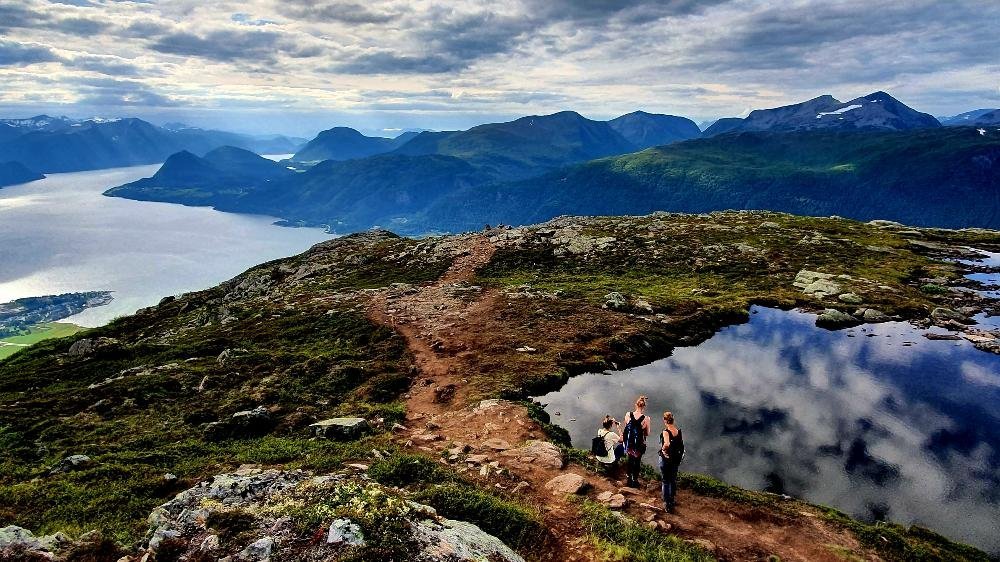
How to get in Romsdalseggen trailhead
Romsdalseggen ridge hike is not circular. It starts in Venjesdalsetra and finishes in Åndalsnes. You can take a special bus from Åndalsnes or you need two cars. The bus runs daily in the summertime, from June until September. You can book your ticket here. It is easy to find the bus stop, it is in front of the Climbing Museum or Norsk Tindesenter/Tourist Information/train station.
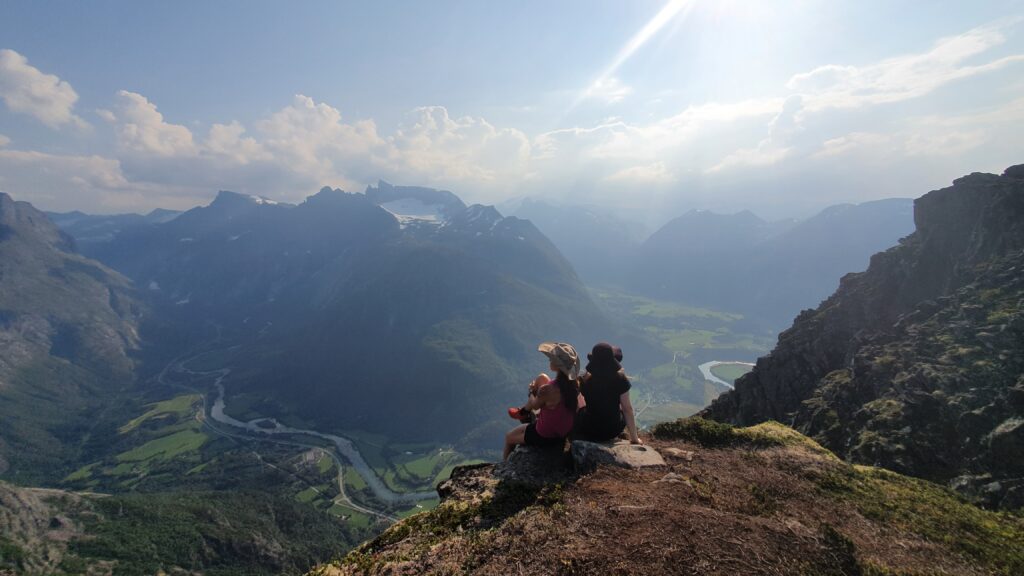
Romsdalseggen hiking trail
The trail is easy to follow, marked, and signposted with red dots. Besides the red trail marks, there are additional posts showing the progress of your hike.
If you are not particularly fond of airy ridges, you can take an easier path that bypasses the steepest and airiest sections. It also starts at Venjedalssetra and only forks from the main trail at 2,5th kilometer, at the plateau, and is signposted to Høgnosa. It joins back the main trail on the 7th kilometer. Taking this trail will add 2 extra kilometers to the hike. but to tell the truth, all descents and ascents which could be challenging, are secured with chains which are very helpful.
At the end of the ridge, Nesaksla has located an old, cute stone hut, a brand-new Eggen restaurant, and Romsdalens Gondola. From here it is a steep and hard descent from over 700 meters down to Åndalsnes. Despite the Sherpa steps (steep stony steps built in 2013 by Nepalese Sherpas), it can be a struggle to walk down, painful and hard on the knees.
In May 2021 opened Norway's longest skylift - The Romsdalens Gondola. Romsdalsgandolen is the longest cable car in Norway, the idea of this cable car appeared in 1964 and the ride takes about 5 minutes. The maximum speed is 10 m/s, and the climb reaches 73 percent. The cabins are able to carry 45 passengers and depart every half an hour, but it is promised to run it continuously if awaiting passengers will appear. The gondola departs from the town center of Åndalsnes (next to the Tindesenter museum) and goes to the top of Nesaksla mountain. Once at the top, you can enjoy a 360-degree view of your surroundings, including the famous peaks Romsdalshorn, Store Vengetind, and Kirketaket. Indulge not only your sense of sight but your sense of taste as well and visit Eggen Restaurant at the top of Nesaksla. The restaurant offers traditional, seasonal, and local cuisine with unobstructed views over Romsdalen. Walk along the nature paths before heading back down to Åndalsnes. You can choose to ride the gondola back down or hike down the mountain which allows you to visit the famous Rampestreken viewpoint on the way. The gondola runs year-round and is suitable for people with disabilities.
Would you like to join us in the Romsdalseggen hike? You can see a selection of our guided day hikes here.
Back in Norway and hiking again between those amazing waterfalls and fjords!
Weather was beautiful in the beginning and in the end of the hike. Between it was rainy, cloudy, with some snow, and wind on the top. It was all together 6 hrs today. The top is 887 ma.s.l.
Vipassana is a Pali word, vipassana in Sanskrit can be translated as „insight” or “clear seeing”, “seeing deeply”.
The history goes back centuries. The 20-century vipassana movement is developed by Ledi Sayadaw and U Vimala and popularized by Mahasi Sayadaw, V.R Dhiravamsa, and S.N. Goenka.
Shortly, Vipassana is a meditation technique and a necessary element of Buddhist training. Goenka described Vipassana meditation as an experiential scientific practice, in which one observes the constantly changing nature of the mind and body at the deepest level, through which one gains profound self-knowledge that leads to a truly happy and peaceful life. Courses start with observation and natural (not controlled) breath, which allows the mind to become concentrated, a practice called Anapna. This concentration prepares one for the Vipassana practice itself which, in this tradition, involves observing bodily sensations with equanimity and becoming progressively more aware of the interconnection between mind and body.
There were two very different aspects of my silent retreat experience.
- Substance.
Learn about Buddhism, practice meditation, being in silent, observing my thoughts.
2. Practical things around it.
Wat Kow Tahm meditation center was developed by the Head Nun, Mae Chee Ahmon, a Thai Buddhist nun for over 50 years ago, to provide a place for international travelers to practice Buddhist Meditation. The owner of the retreat center is an elderly lady who inherited a nice old Buddhist Monastery from her relatives.
The website tells us that retreats are taught by experienced meditation teachers (Thai monk Phra Marut Damchaom) at no charge, and the 10-day English language retreat is held on the 10th to 20th of each month.
So, I was arriving early (a day before), thinking to avoid the crowd and making sure that I will get the spot. I had a small talk (interview) with the lady, who was asking me some questions and then repeating them again and asking me for the payment right away. When I say that I am a yoga teacher, she said, maybe you can teach some yoga here, we don’t have a yoga teacher. Why not, of course, I said. And later she said that she herself will teach yoga on the retreat...hmmm.
So, I got my room (cell) with one bunk bed with a choppy old mattress, one bedsheet, mosquito net, and one little stool. Toilet...(hole on the floor) and bathroom (a barrel with cold water and a scoop) were close by. I was still excited.
Then I was waiting for some information, but everything was written on the wall.
Then she was asking me to help her a little...to find some registration papers from her desk in the dining area. There was chaos on the table, it was her office. Then to join her in the city to buy some food for the retreat people. We were driving from one place to another, she bought some (very little) food and we came back. The next morning (day 1) some other people started to arrive, we became acquainted with each other and were sitting in the dining area and waiting for some orientation. At least lunch was very good on the first day. But then I was reading the information from the wall and found out that we have to rest and relax the whole day.
Day 2: people were still arriving, we became acquainted, and at the end of the day it was 19 people there. We deposit our valuables, phones, PCs, books, and had a tour (which we had done already many times before) in a territory of monastery led by an old lady who could hardly walk. We read from the wall that silence should begin at 4.30-5.00 pm and some people decided to follow it, including me. But some people were thinking that they came to the assembly. Anyway, the lady said, go to the meditation hall and start to meditate! We went there and there were some people who had been on the vipassana before, they instructed how to put some carpets and staff on the floor, but we had to reorganize everything some days later. Since we didn’t talk or had no watch, there was a bell 10 min before some activity should start and on the ending time. And one of us had to take care of ringing a bell!
Our day schedule:
4.30-5.15 am sitting meditation (without the teacher)
5.15-5.30 am chanting (with the old lady)
5.30-7.00 am sitting meditation (actually, it was yoga time)
7.00-8.30 am breakfast (if the old lady didn’t forget to buy some food) One morning there was no food until she came at 7.30...
8.30-9.30 am meditation instructions
I was waiting for that, thinking to crack the code here!) First and the second day we had a lecture thought by monk Marut, who came straight from the hospital and had to go back to the hospital the next day! He was not happy over the communication with the owner old lady and said that he came to help us, otherwise, she would love to teach us by herself (her accent was very difficult to understand and her speech was something like you can expect from somebody who comes from „La-La Land“. When monk Marut left, then some experienced American people took over the teaching. One lady, who had arrived together with the teacher monk Marut, became our mentor and teacher in the afternoon. And Dhamma teaching was taught by a Canadian monk, who lived in the monastery for a while. So, happy ending anyway!
9.30-10.15 am walking meditation
10.15-11.00 sitting meditation
11.00-1.00 pm lunch / open awareness (whatever it means here)
1.00-1.45 pm sitting meditation
1.45-2.30 pm walking meditation
2.30-3.30 pm Dhamma teaching
3.30-4.15 pm walking meditation
4.15-5.00 pm sitting meditation
5.00-6.30 pm tea/bathing!!!
6.30-7.30 pm chanting
7.30-8.15 pm walking meditation
8.15-9.00 pm sitting meditation
9.00-9.30 pm sleep
First two days many people were talking loud, laying and snoring in the meditation hall, etc. After monk Marud left and Americans started to explain basic vipassana rules to us, many people left. I have no clue why they came in the first place.
We also had „working meditation“ every day like cleaning the dining area, raking, etc. (no instructions).
Summary:
I want to learn and practice more in a nice environment!
I bought some books about Metta (loving-kindness) meditation.
I want to organize a silent retreat to the western body and mind with restorative yoga and a good meditation teacher. And the western body I mean a person who has been sitting on the chair not on the floor most of his/her life. Many of us, including me, have some injuries, that make meditation torture sitting on the floor.
I will practice silent awareness regularly at home, without internet, phone, conversations, maybe a weekend, maybe once a week.
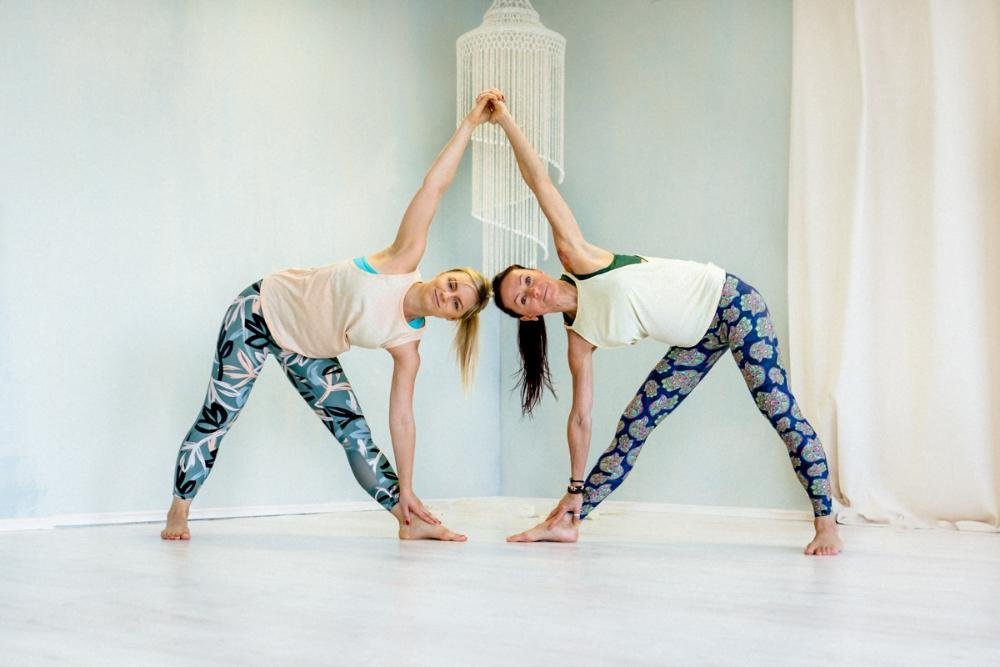
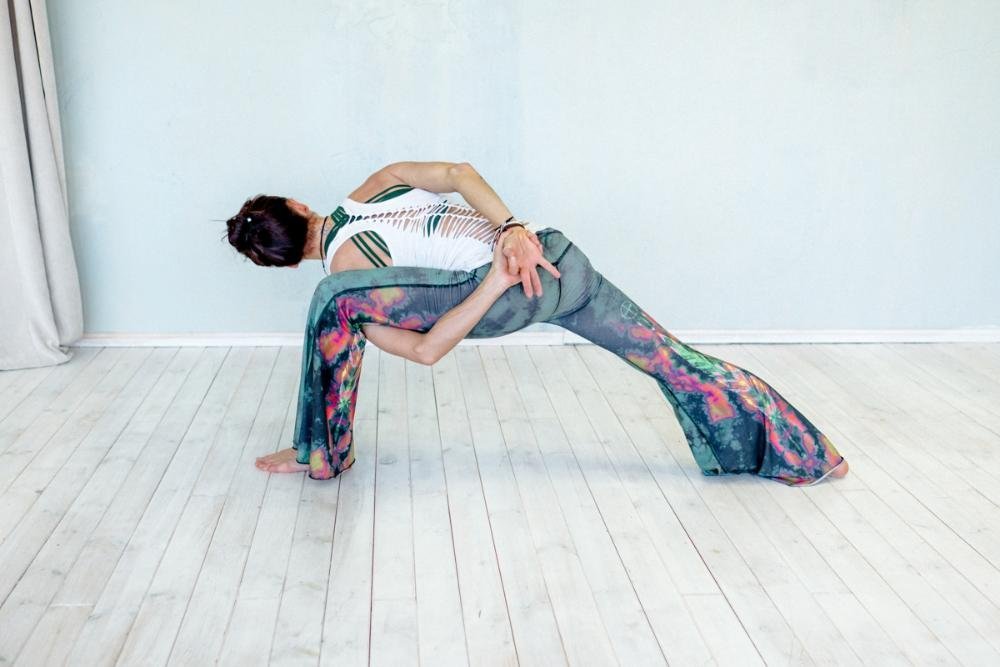
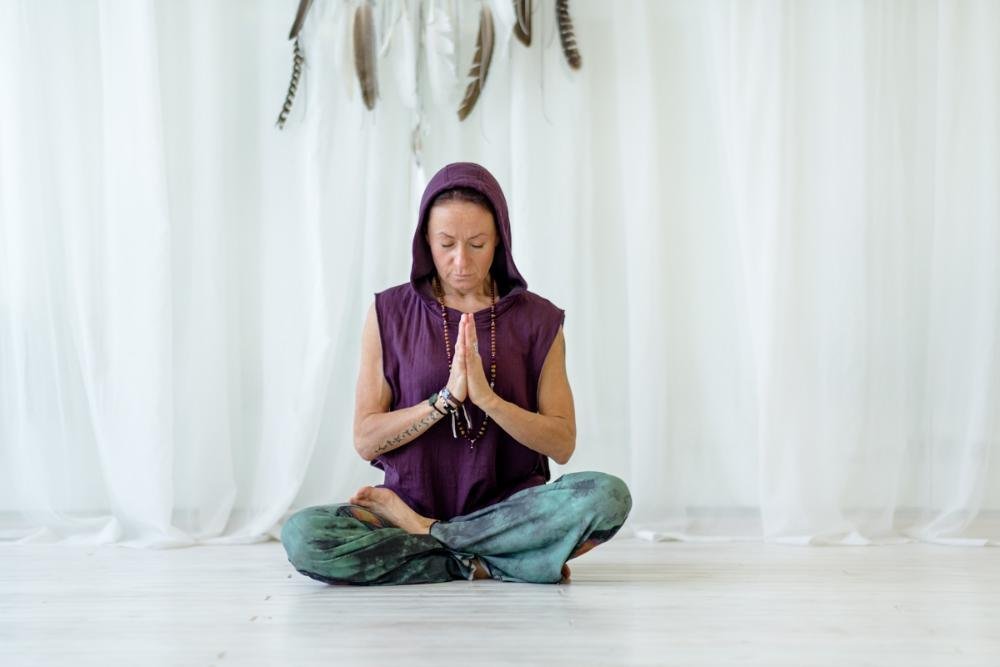
Looking forward to teaching again after three months travelling in South East Asia!
I am sitting at the Gardermoen airport in Oslo, waiting for my flight to little sweet Molde.I have 5 hours here to prepare myself for my classes tonight and also to reflect my feelings about moving back to Molde. Travelling alone in Asia has been an amazing experience! I visited countries like Thailand, Cambodia, Vietnam and Indonesia. I had enough time to explore. Travelling solo is nice, you can do exactly what you want and when you want. You can always chat with people via Skype, Messenger, WhatsApp and locals have also been very friendly and open to talk about their countries and life. I met some old friends and got some new friends! I was almost ten days in silence in Thailand. I did vipassana retreat in a monastery but I will write about it later. It is an another chapter. I participated in a yoga retreat in Thailand and in Cambodia, I visited Siem Reap, where is Angkor Wat, which is the Unesco World Heritage Site. I was walking for three months with flip-floppers! I had a lot of mosquito bites. I had a lot of time and I did a lot of meditation. In Bali, I was working as a volunteer in the Bali Spirit Festival, which is an annual celebration of yoga, dance and music. I met a lot of inspiring teachers and lectors, enjoyed good music, kirtan and yoga.
In conclusion, I want to say, if you want to travel and explore the world, then do it!
JUST DO IT!
There is more to win than to lose!
Pho bo - Hanoi traditional beef noodle (soup)
The key is to boil good broth, it is easy to bat it takes time. Many ingredients are used here like star anise, cinnamon, cardamon, coriander, grilled bones, garlic, shallot, onion, sugar cane. Beef lean was marinated with ginger, garlic, pepper, fish sauce, and oyster sauce and boiled for only 30 seconds in broth.
Bun cha - Hanoi traditional grilled pork noodle (meatballs)
The minced pork belly was marinated with lemongrass, garlic, shallot, fish sauce, oyster sauce, pepper, sugar, honey, then shaped into balls and grilled.
Nem ran - Fried spring rolls
The filling of spring rolls was very interesting - shiitake mushrooms, glass noodle, carrot, bean sprout, minced pork shoulder, shallot, fish sauce, pepper.
Nom du du - Green papaya salad
I fell in love with green papaya salad already in Thailand, but everything in Thailand was way too sweet for me. The Vietnamese papaya salad was just perfect! Green papaya is raw papaya, not sweet and not so soft. You mix it with some carrot, shallot, sprouts, lemon mint, chili, and roasted peanuts. Dressing of fish sauce, rice vinegar, sugar, and lime.
Ca phe trung- Egg coffee
Egg coffee sounds very weird but the taste is very good! For me, it was more like a dessert and not so much coffee. How to do it? Whisk 3 egg yolk with 1 tsp sugar, 1 tbsp condensed milk, 2 drops of vodka or rice-wine, and a small pinch of salt for about 10 minutes until smooth. Share it between 5 or 6 small cups and serve with coffee.

